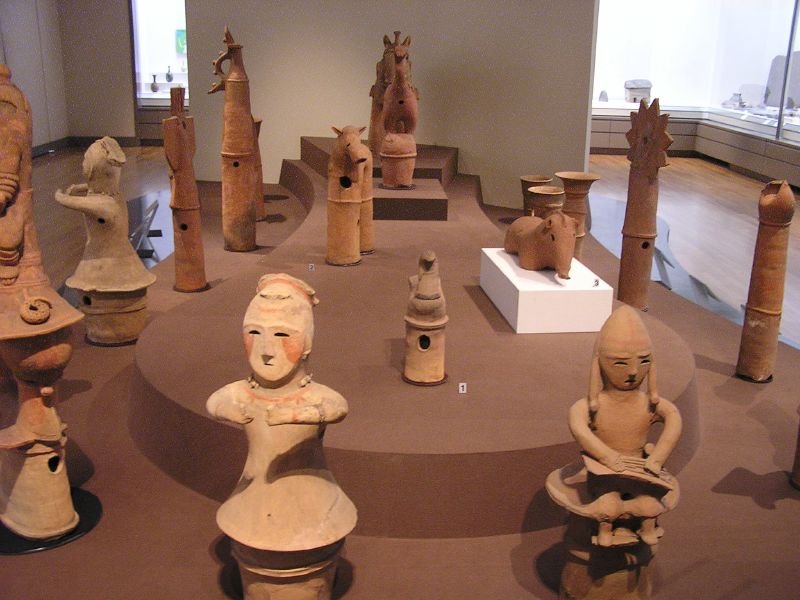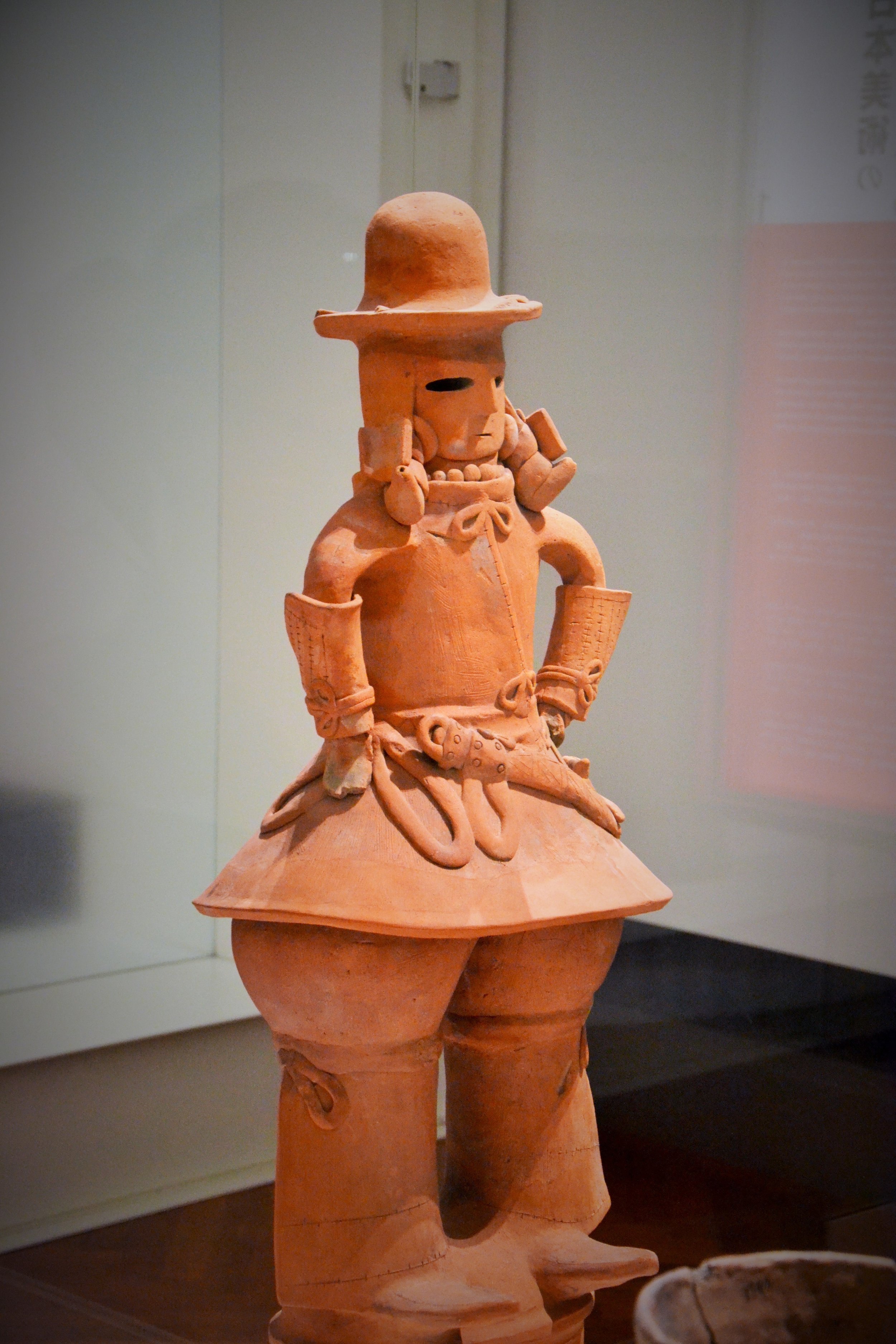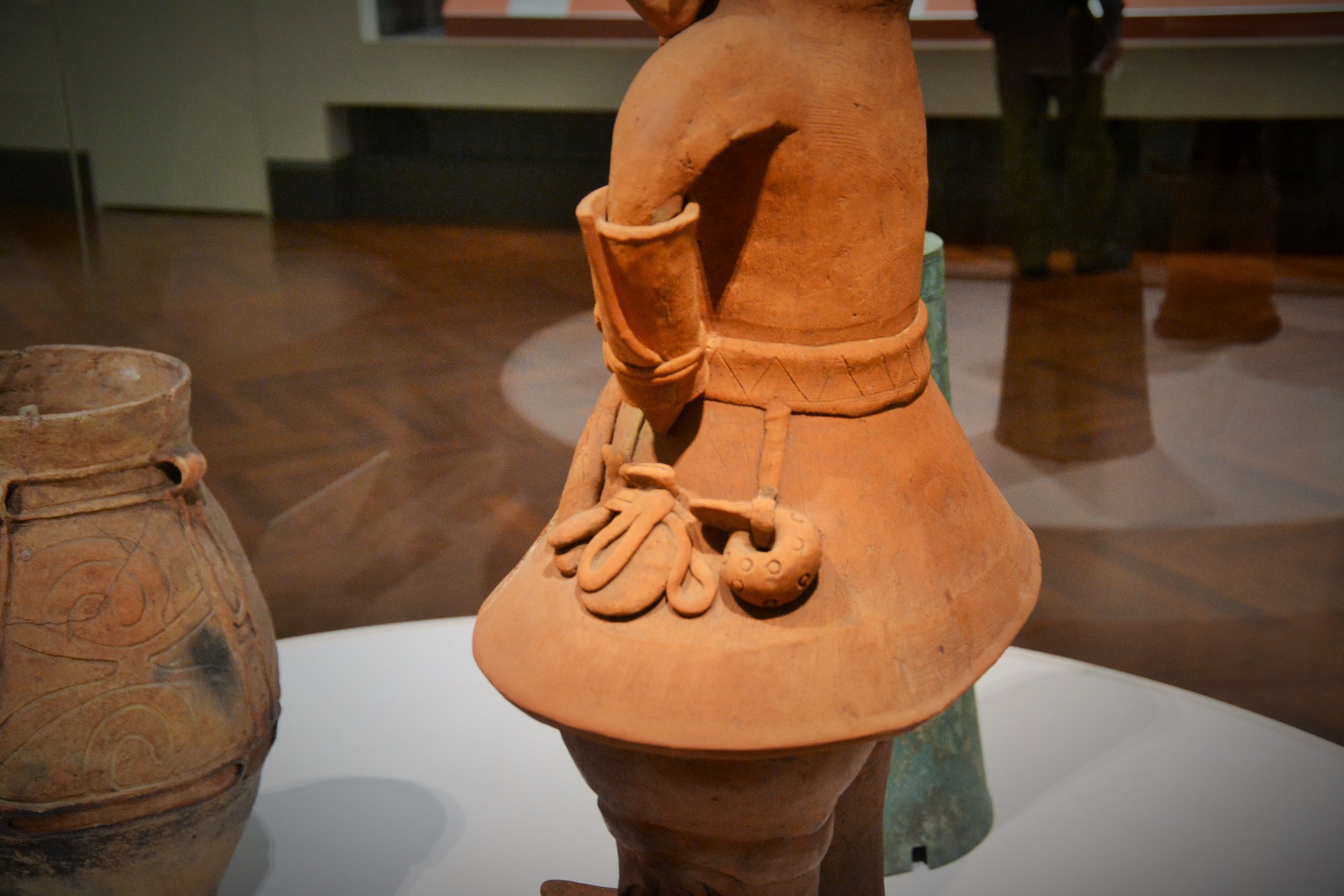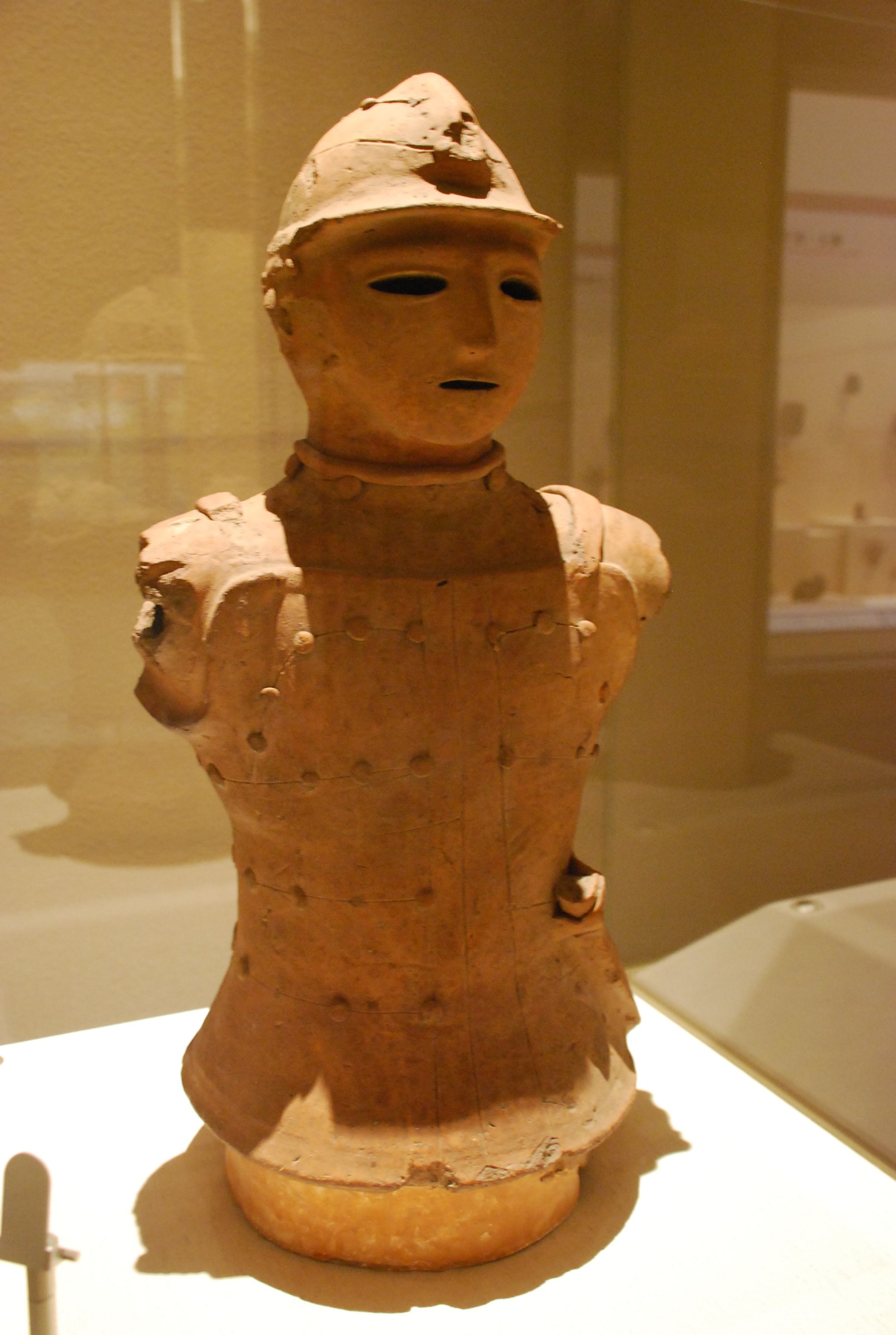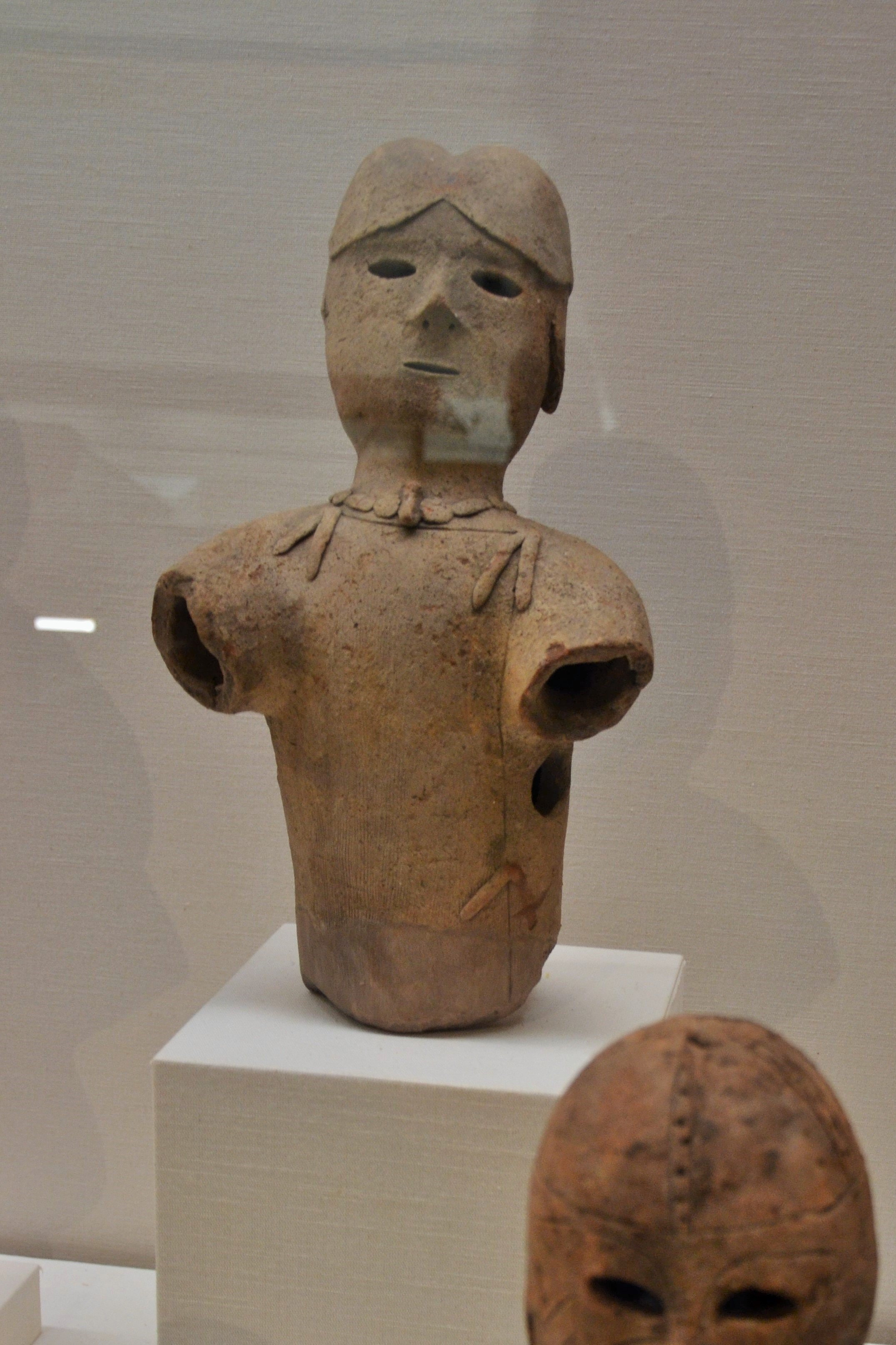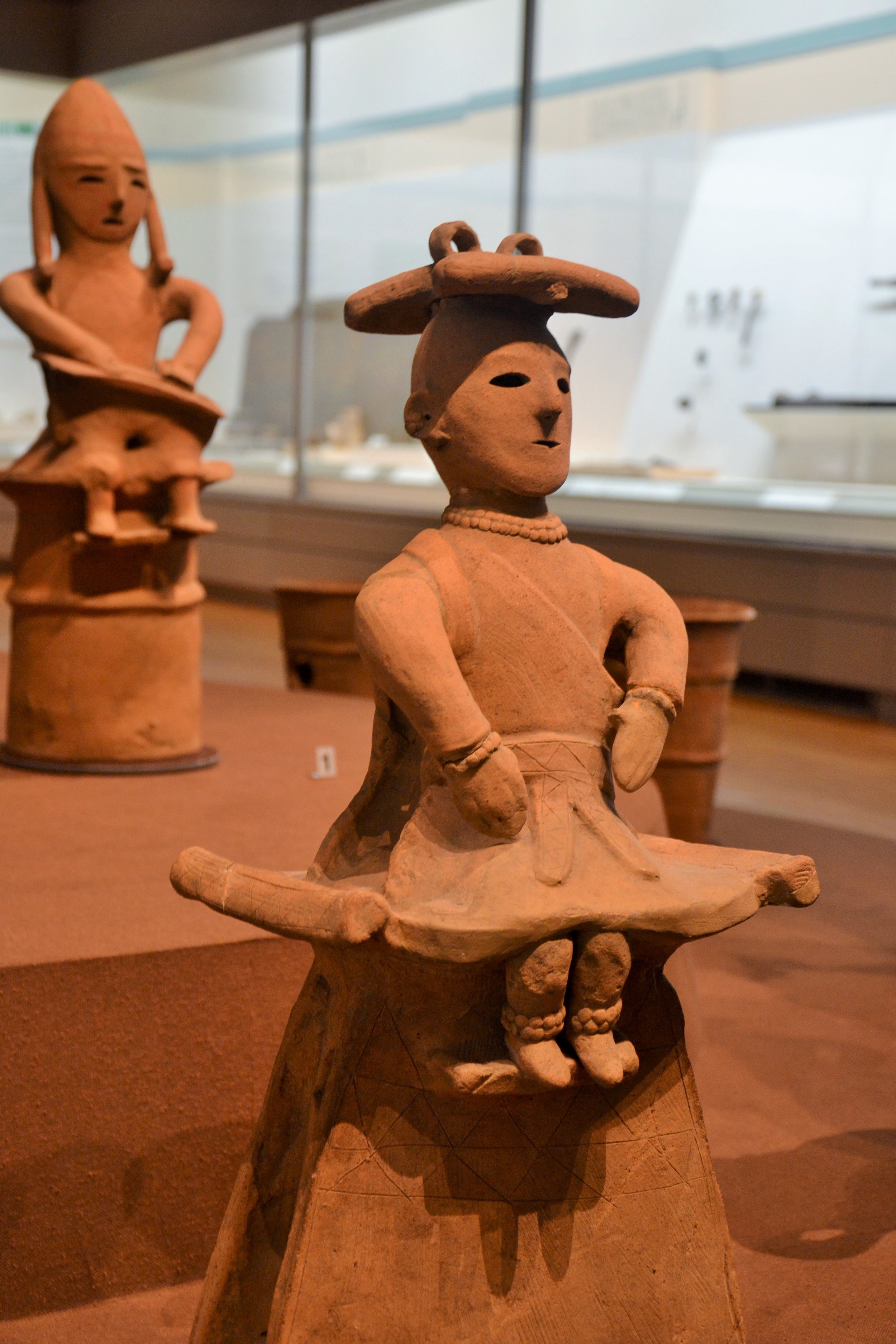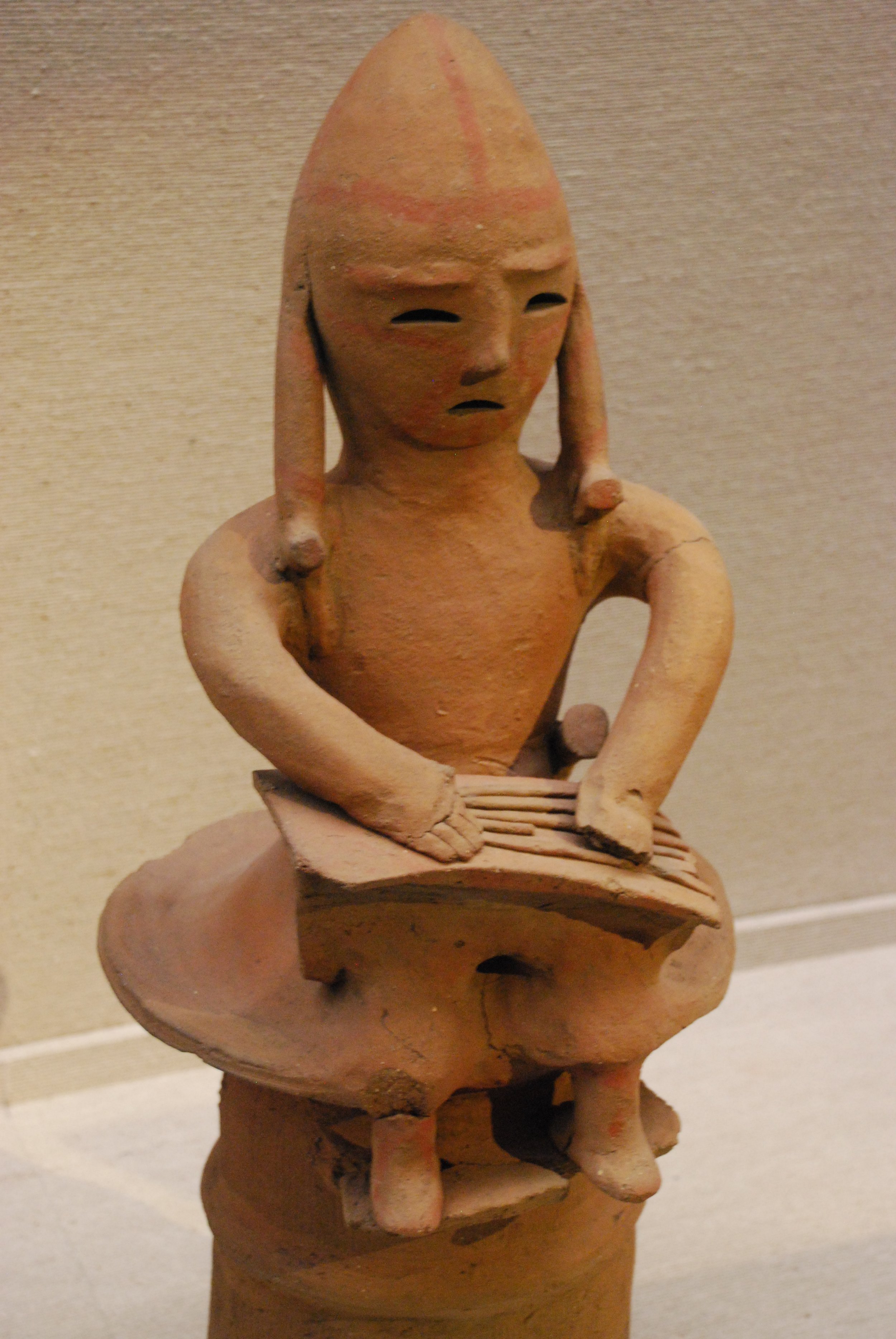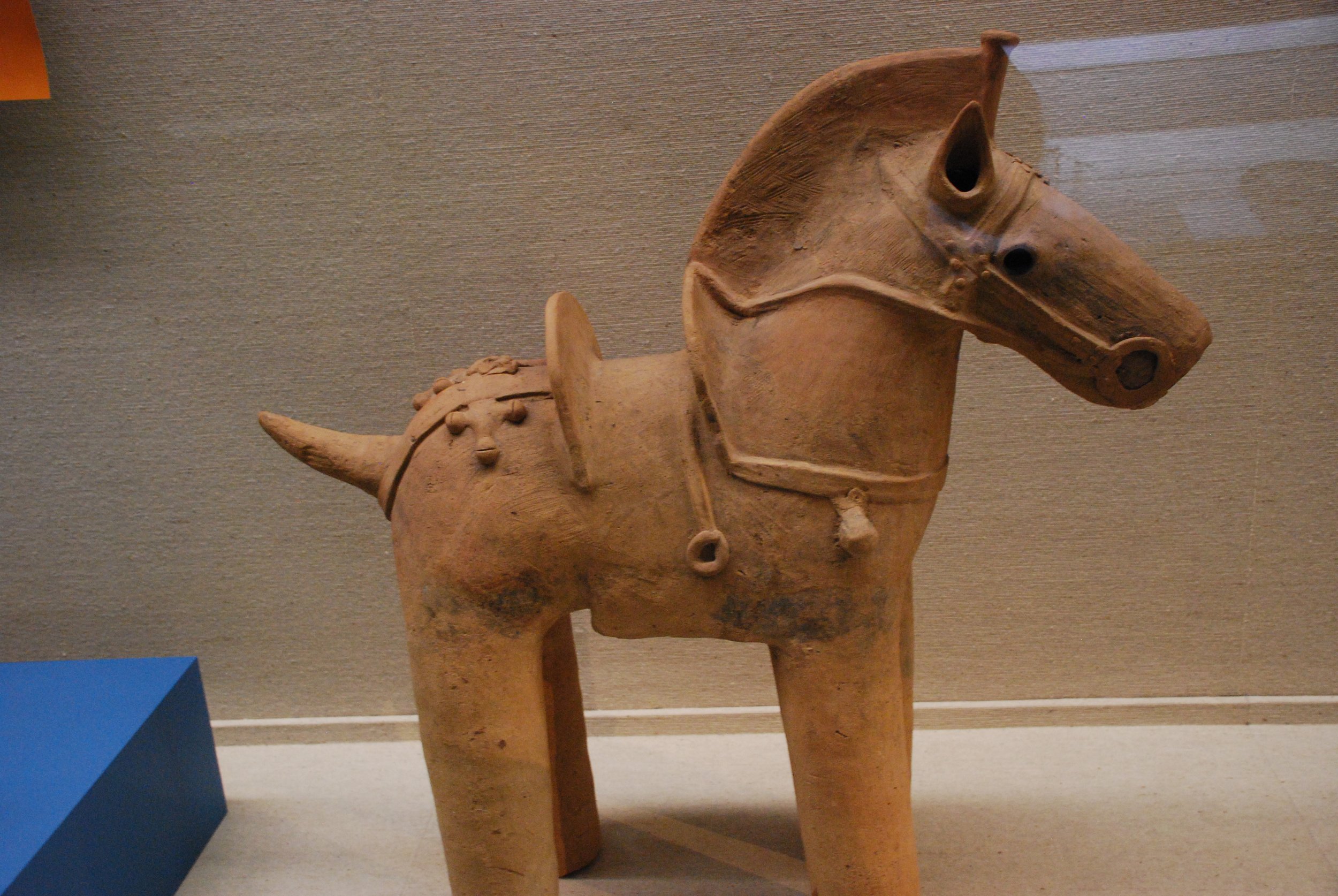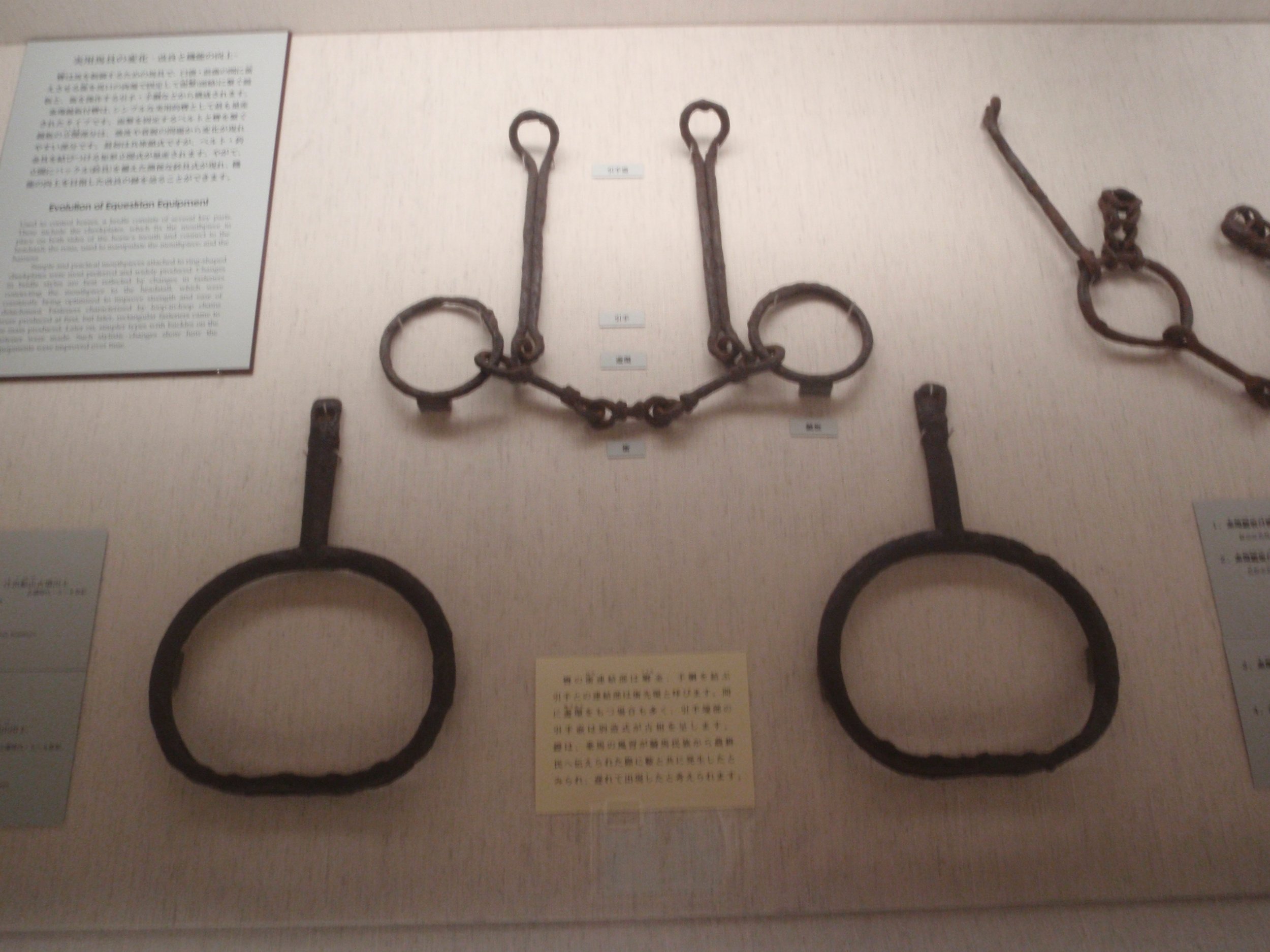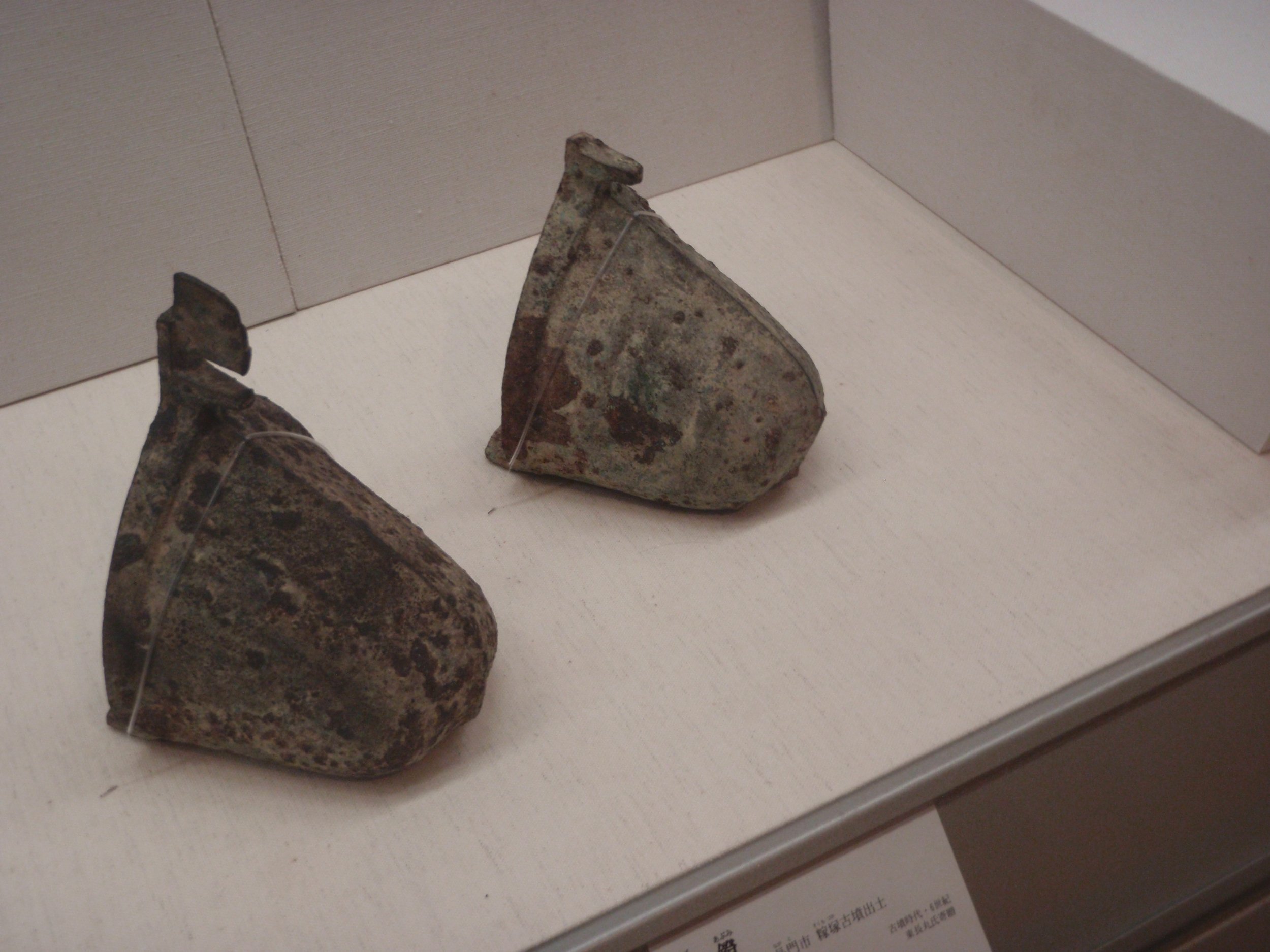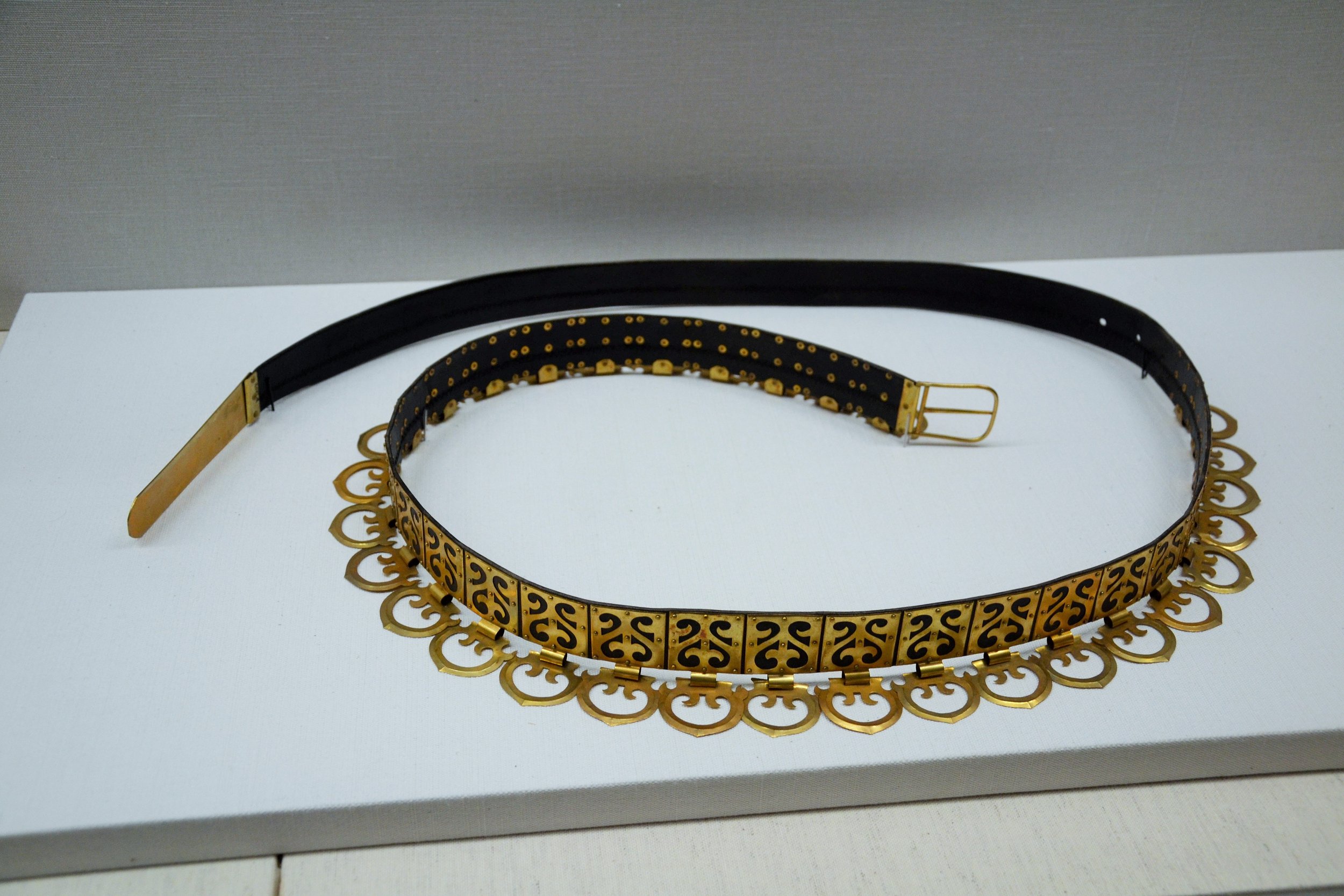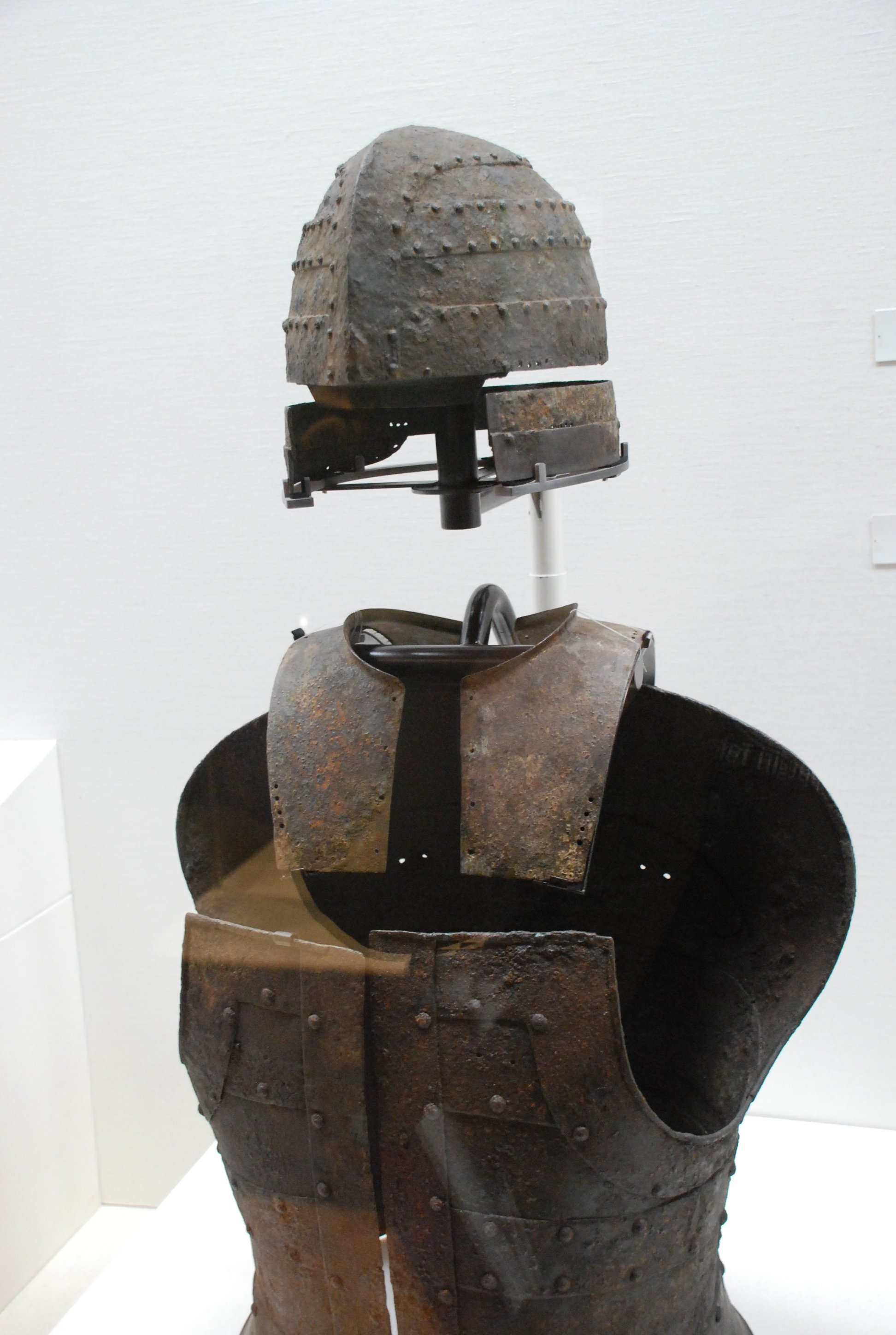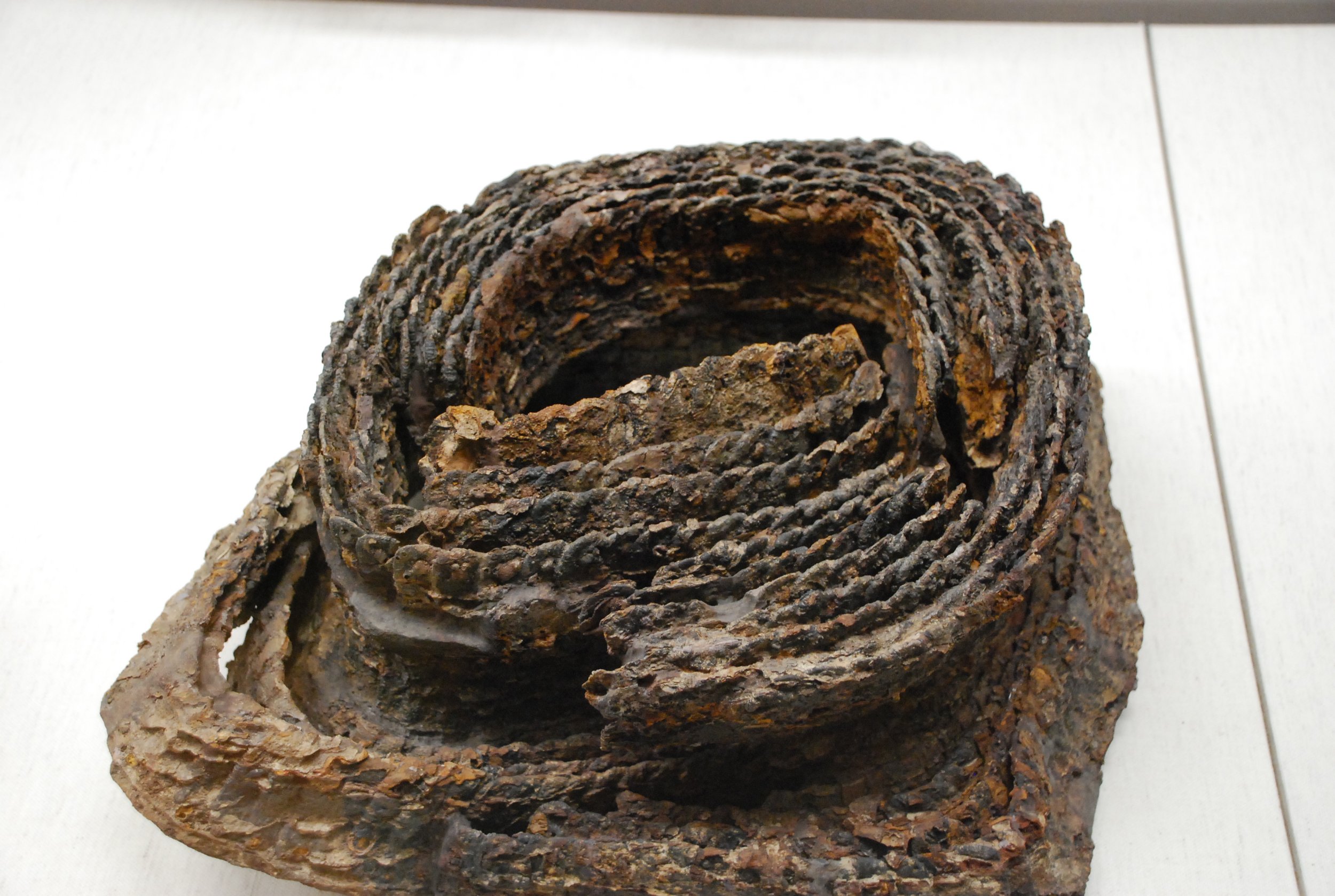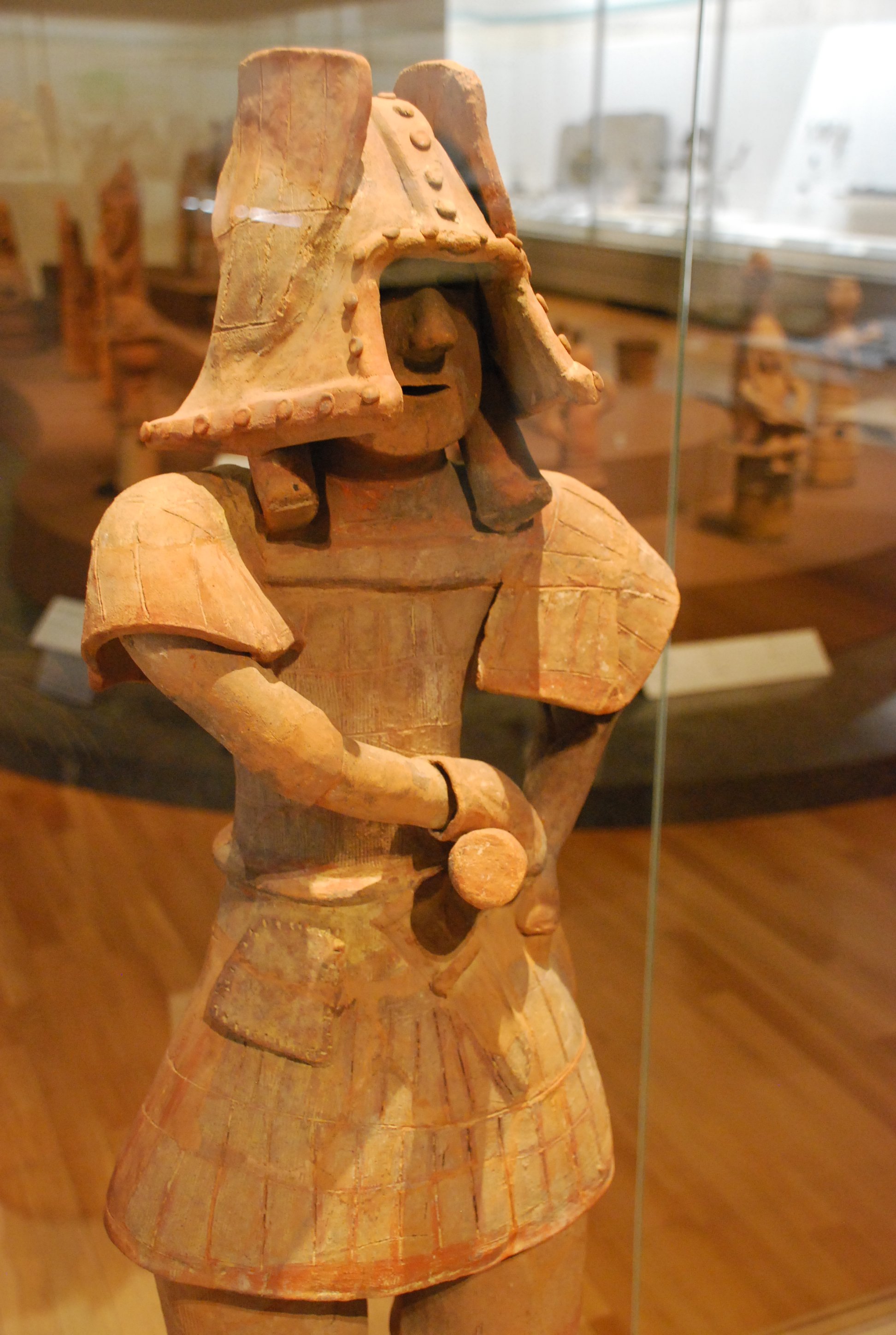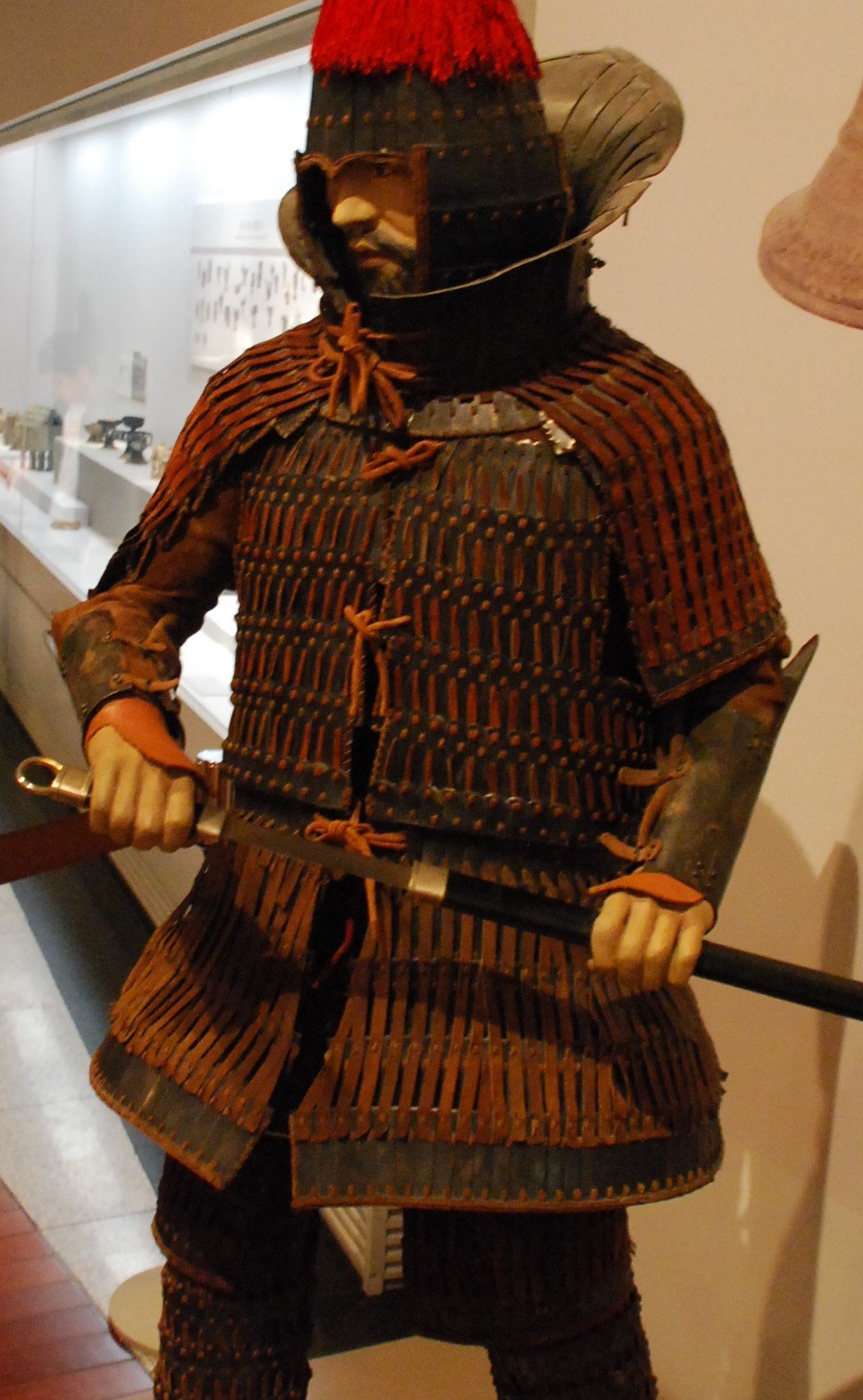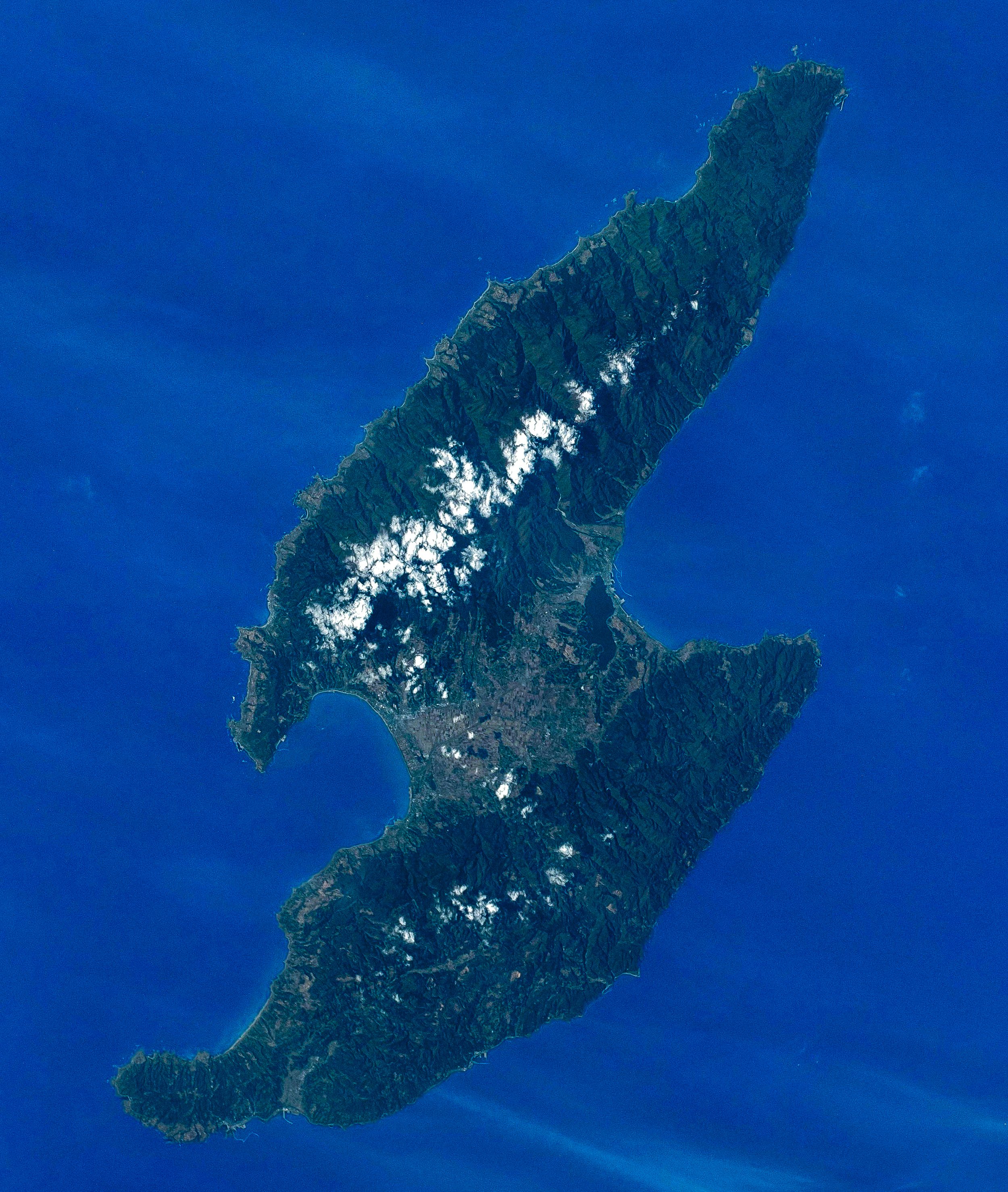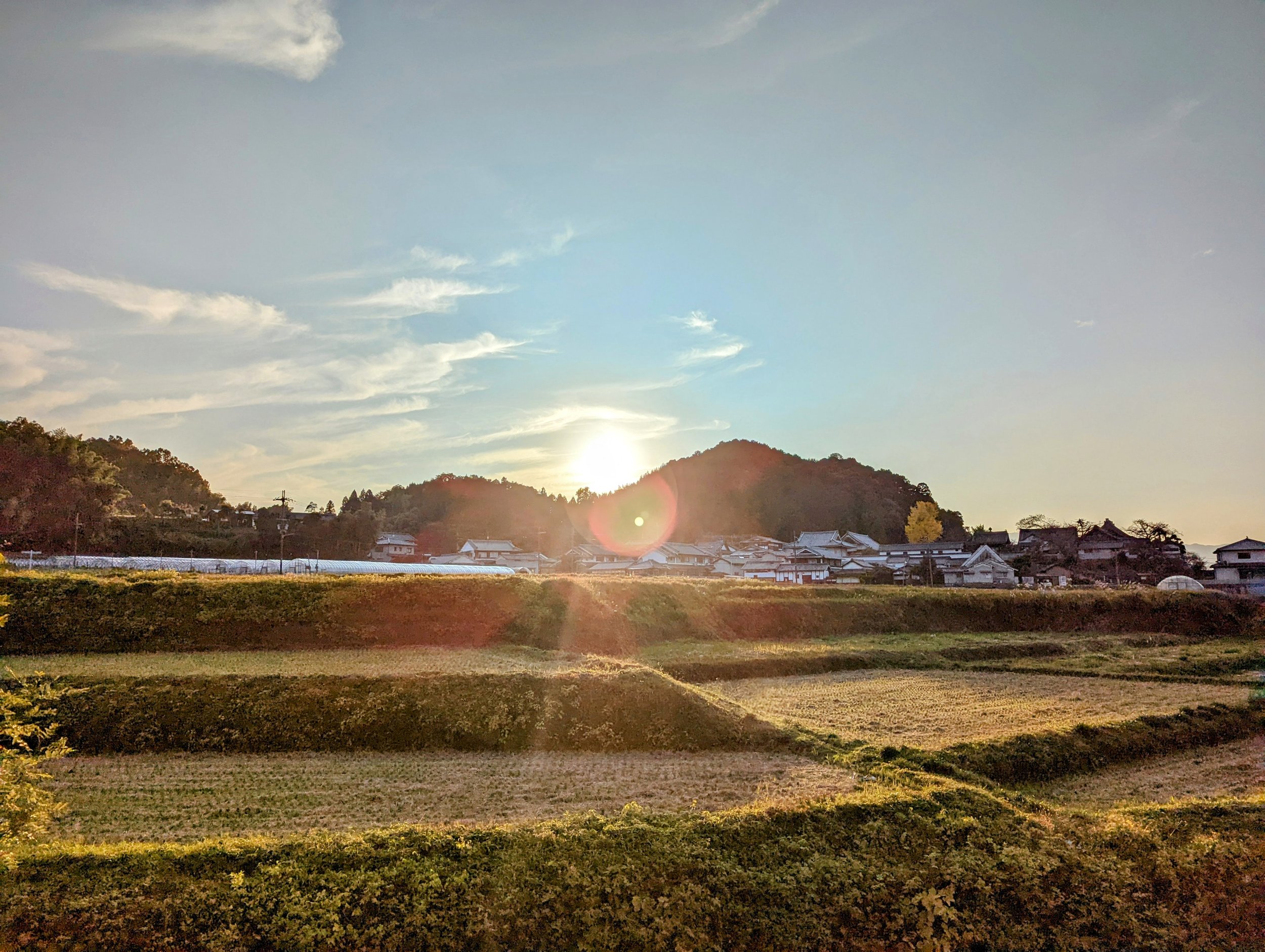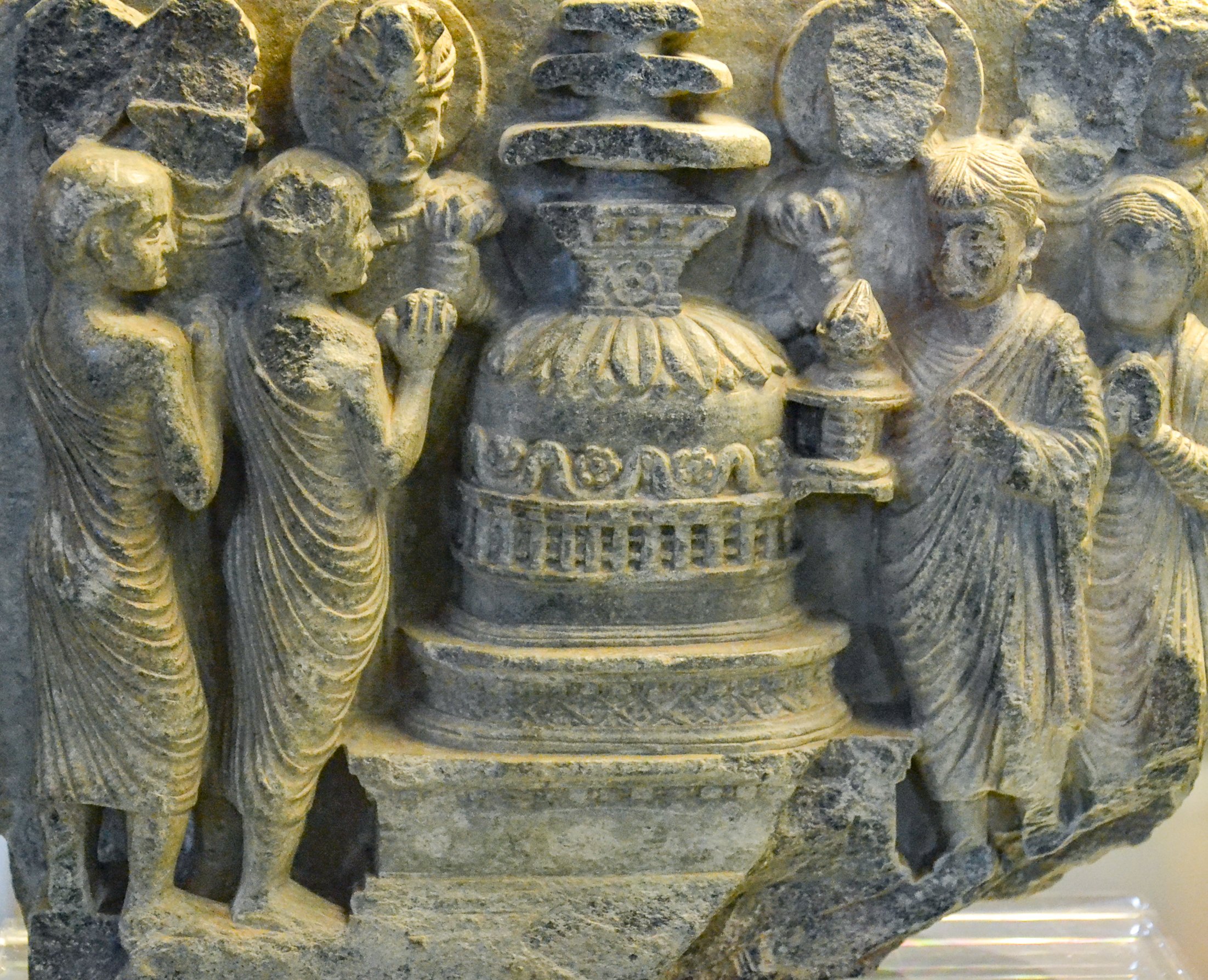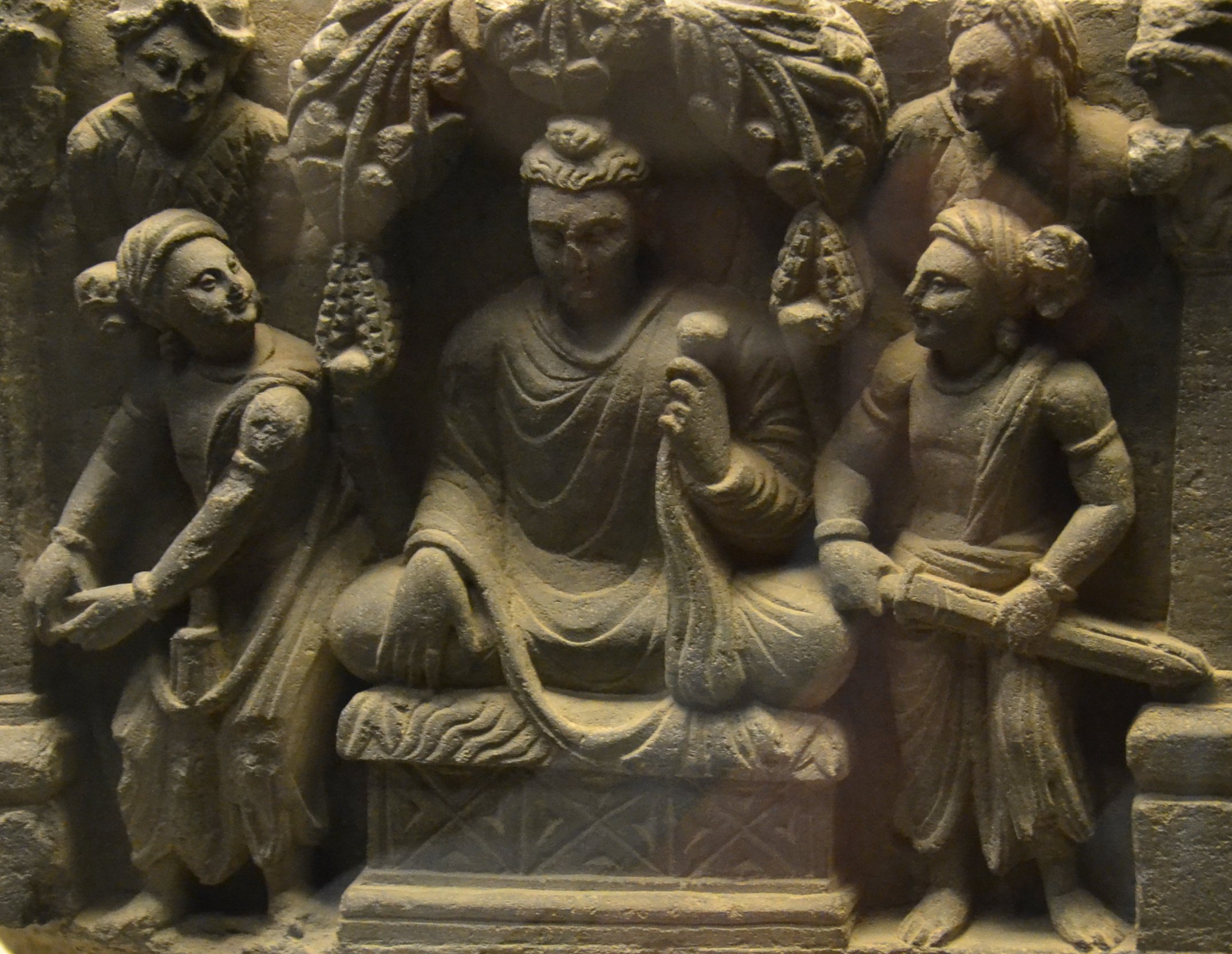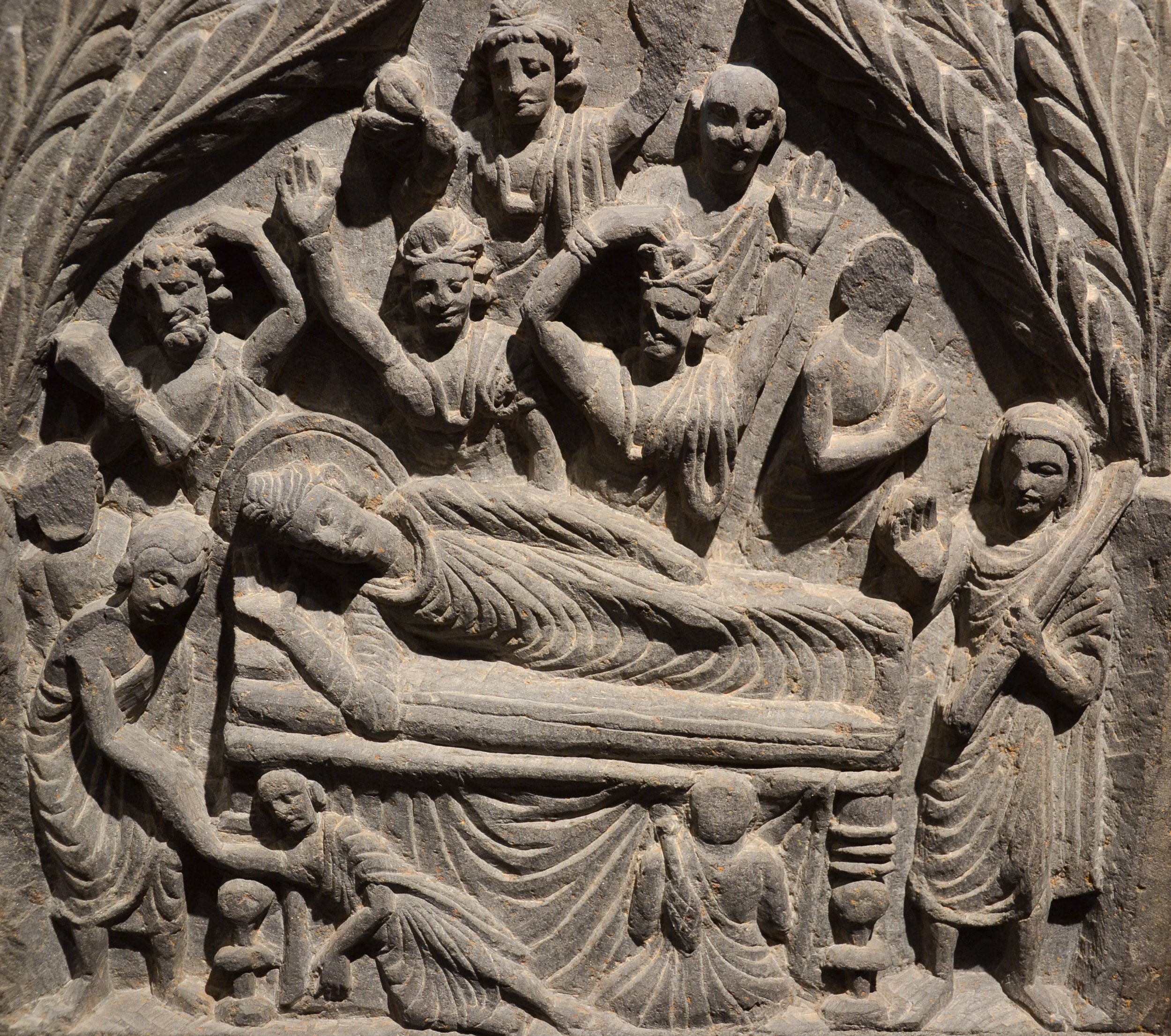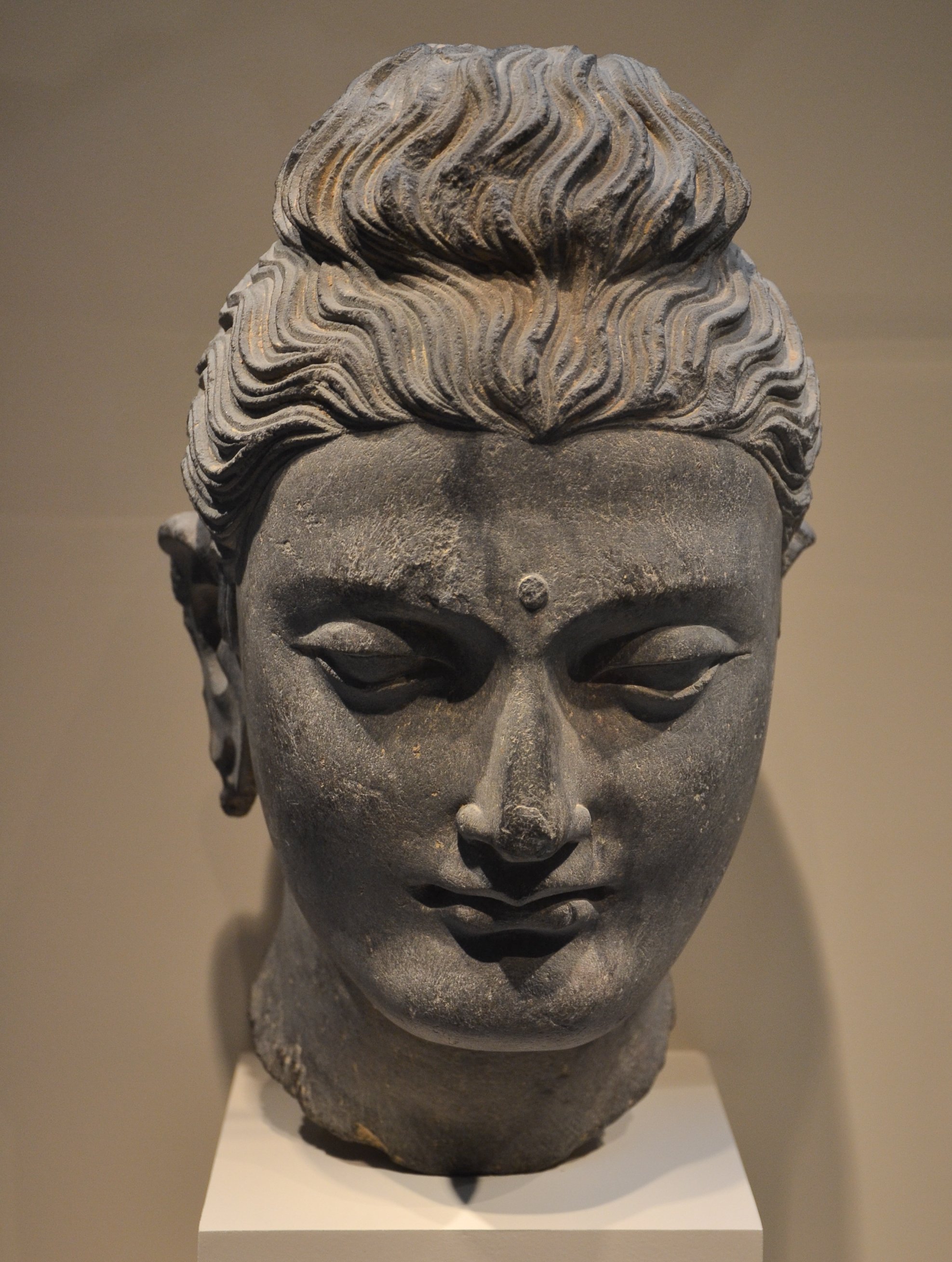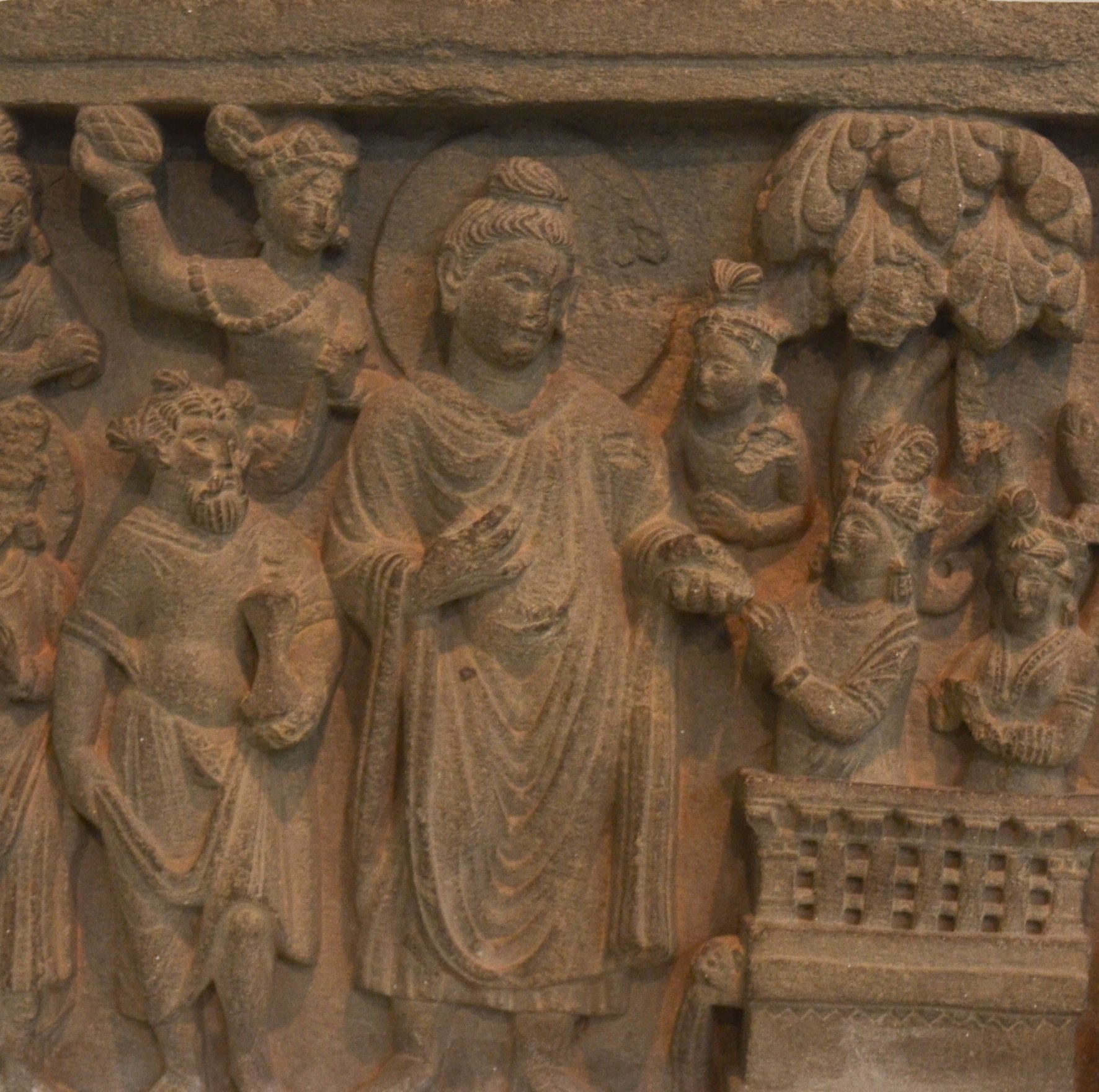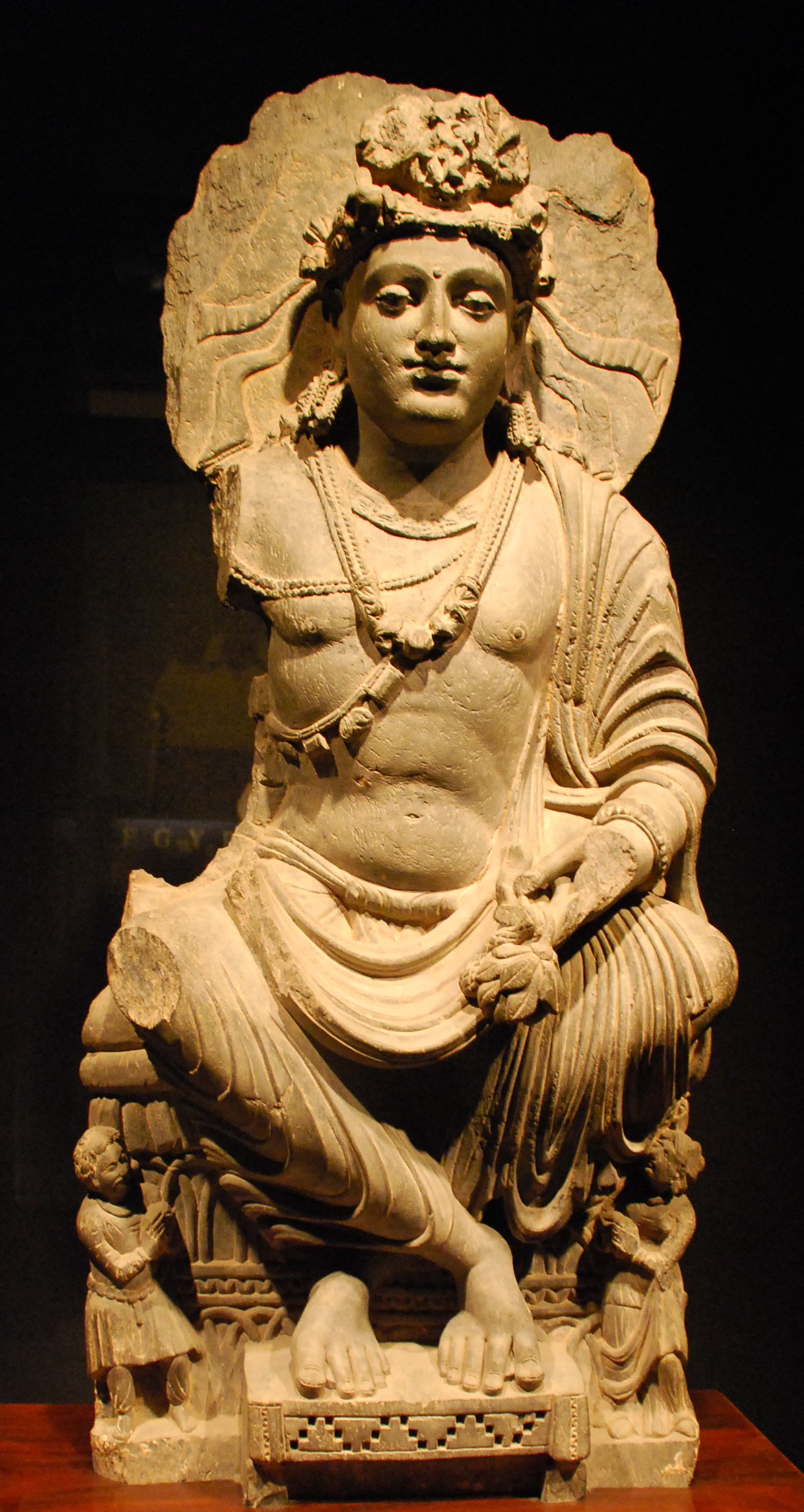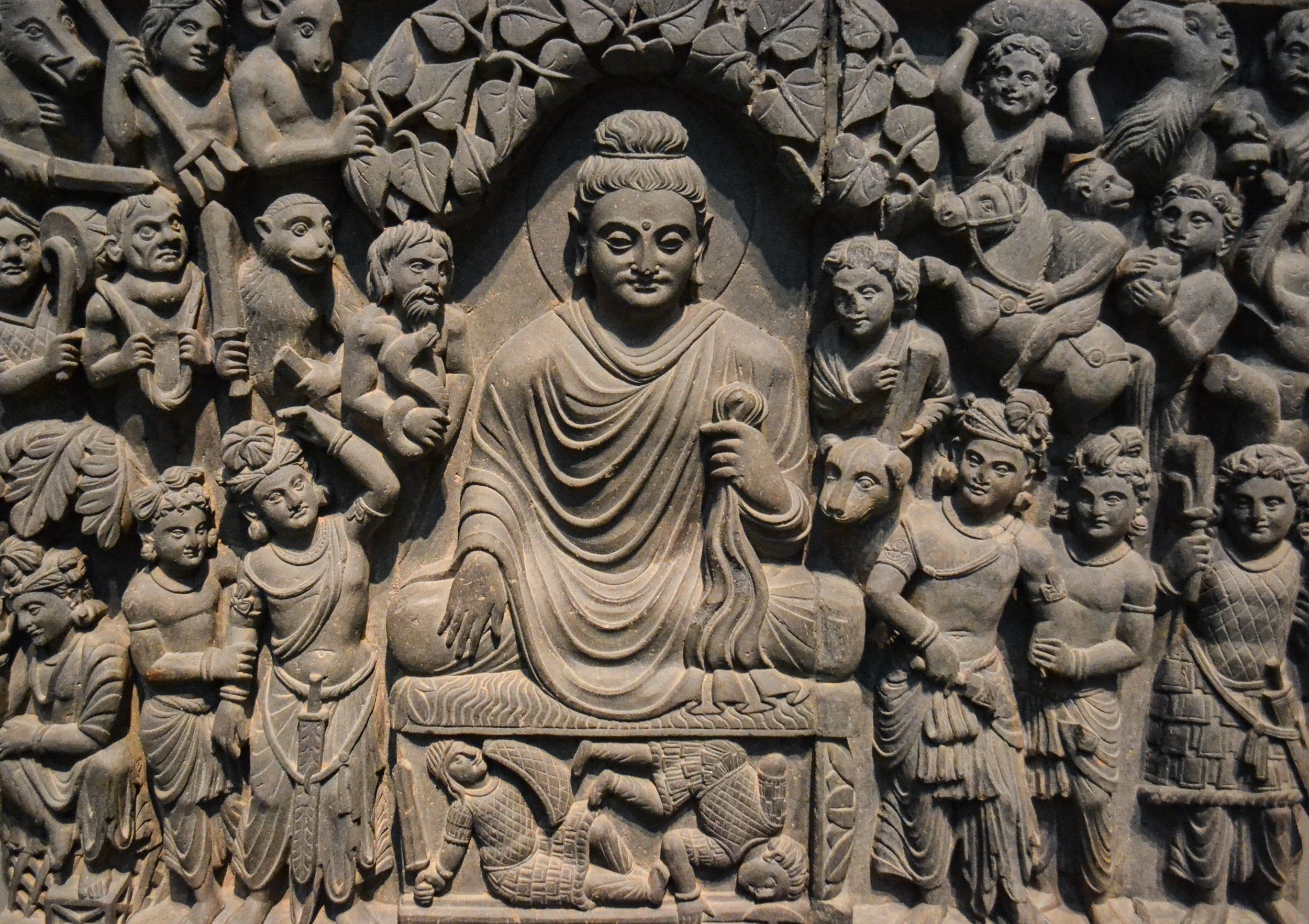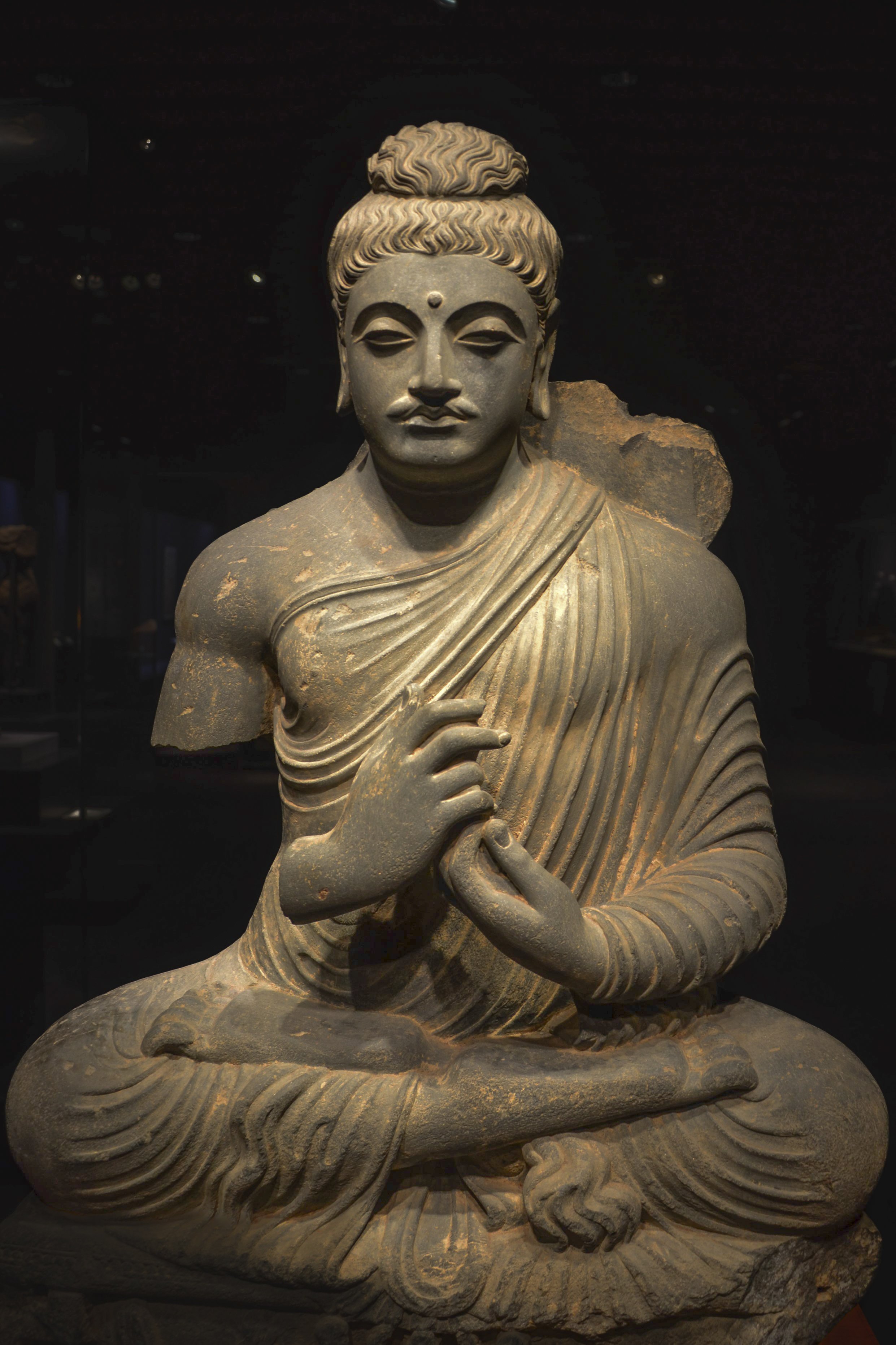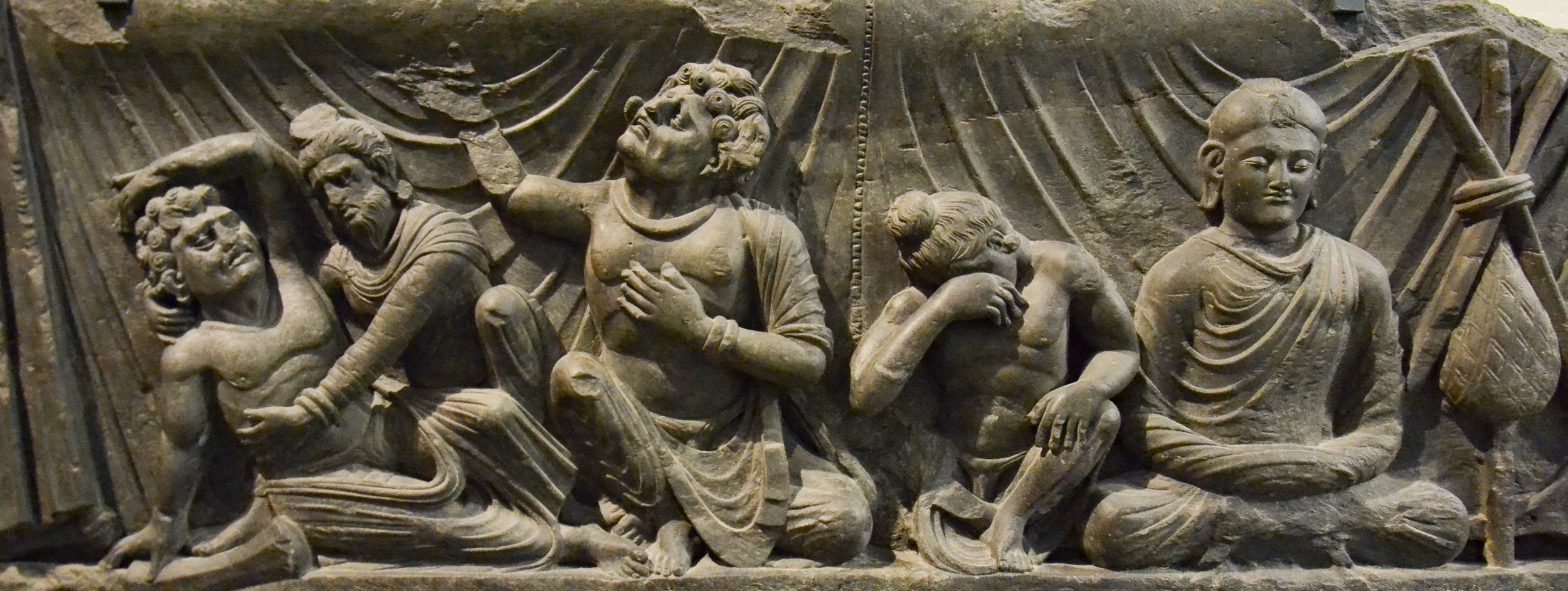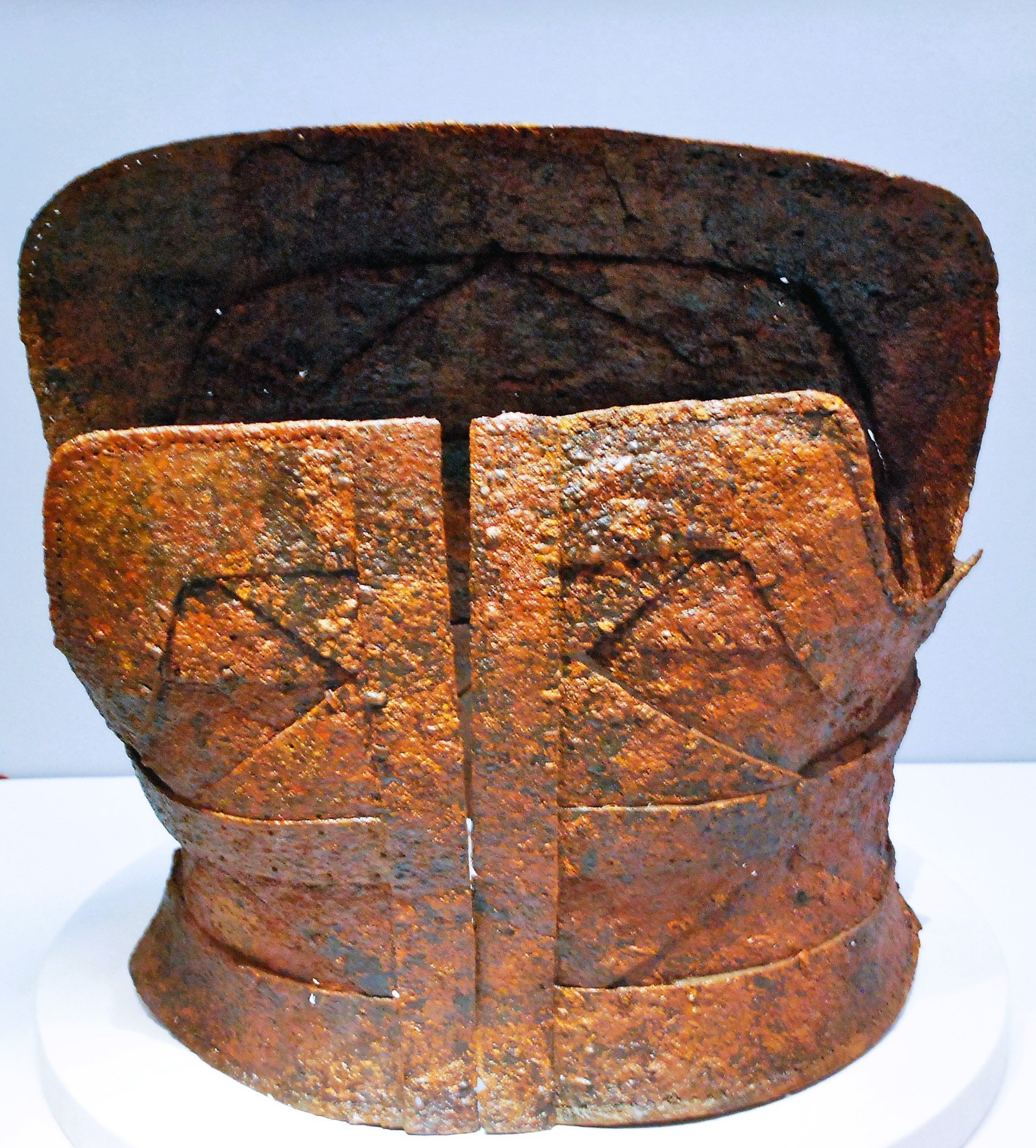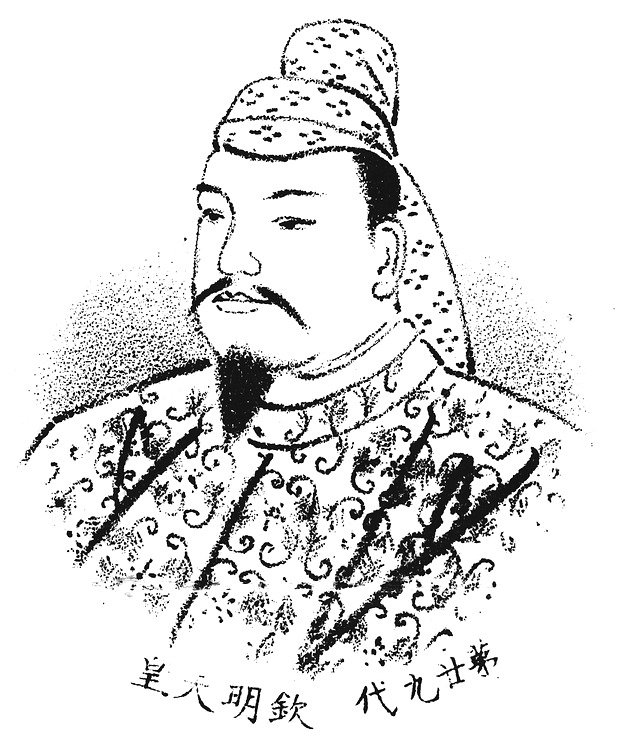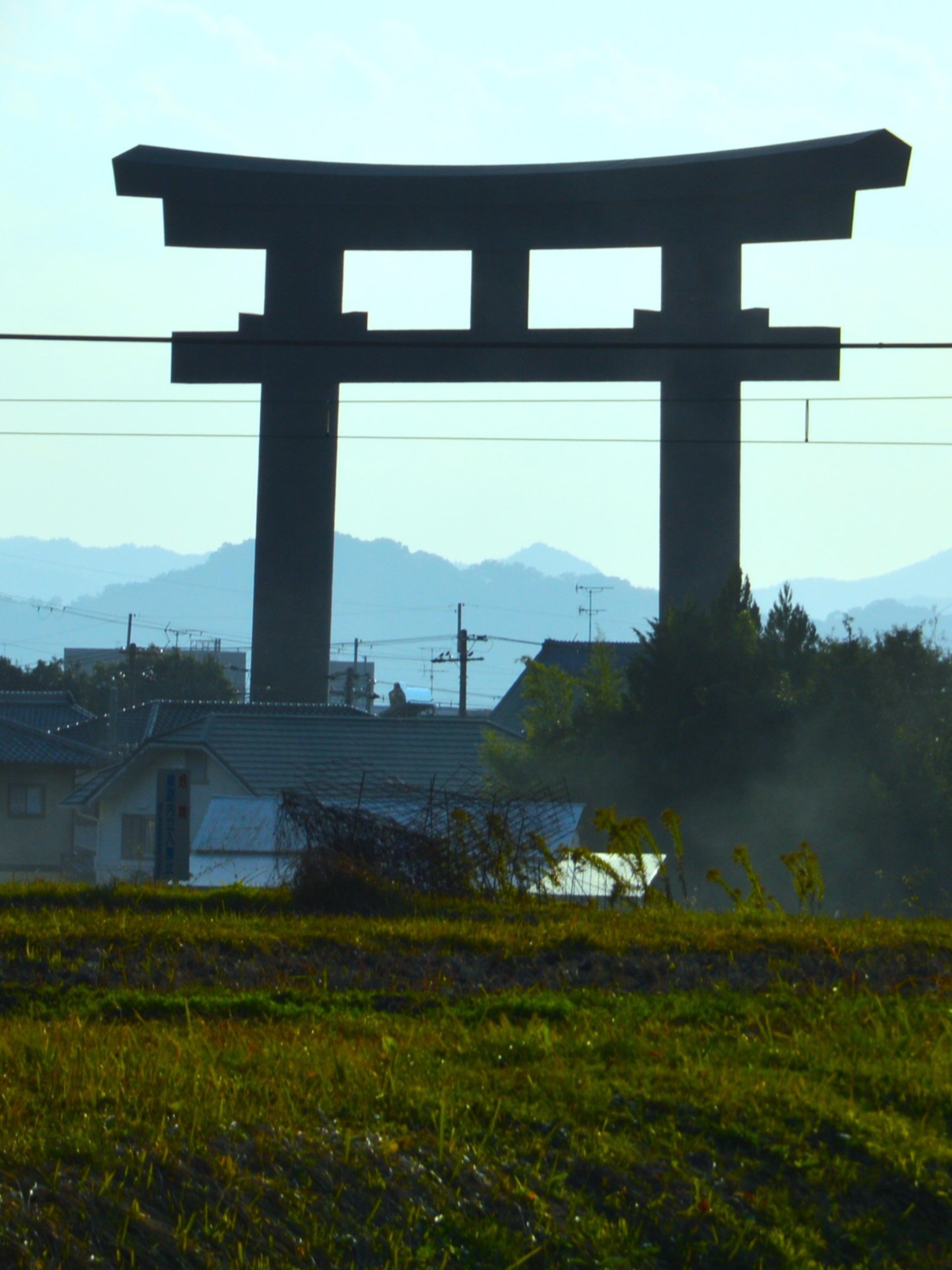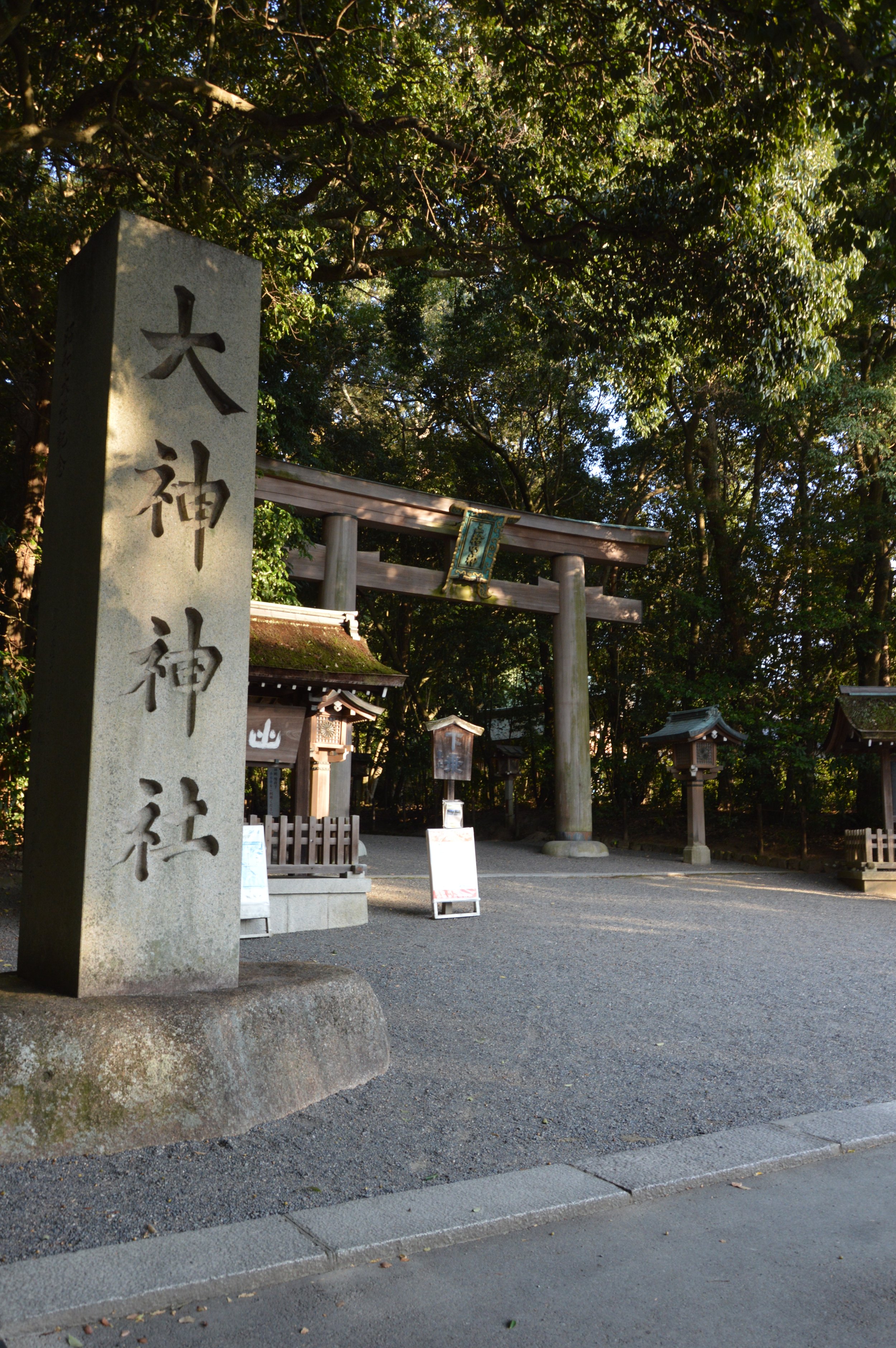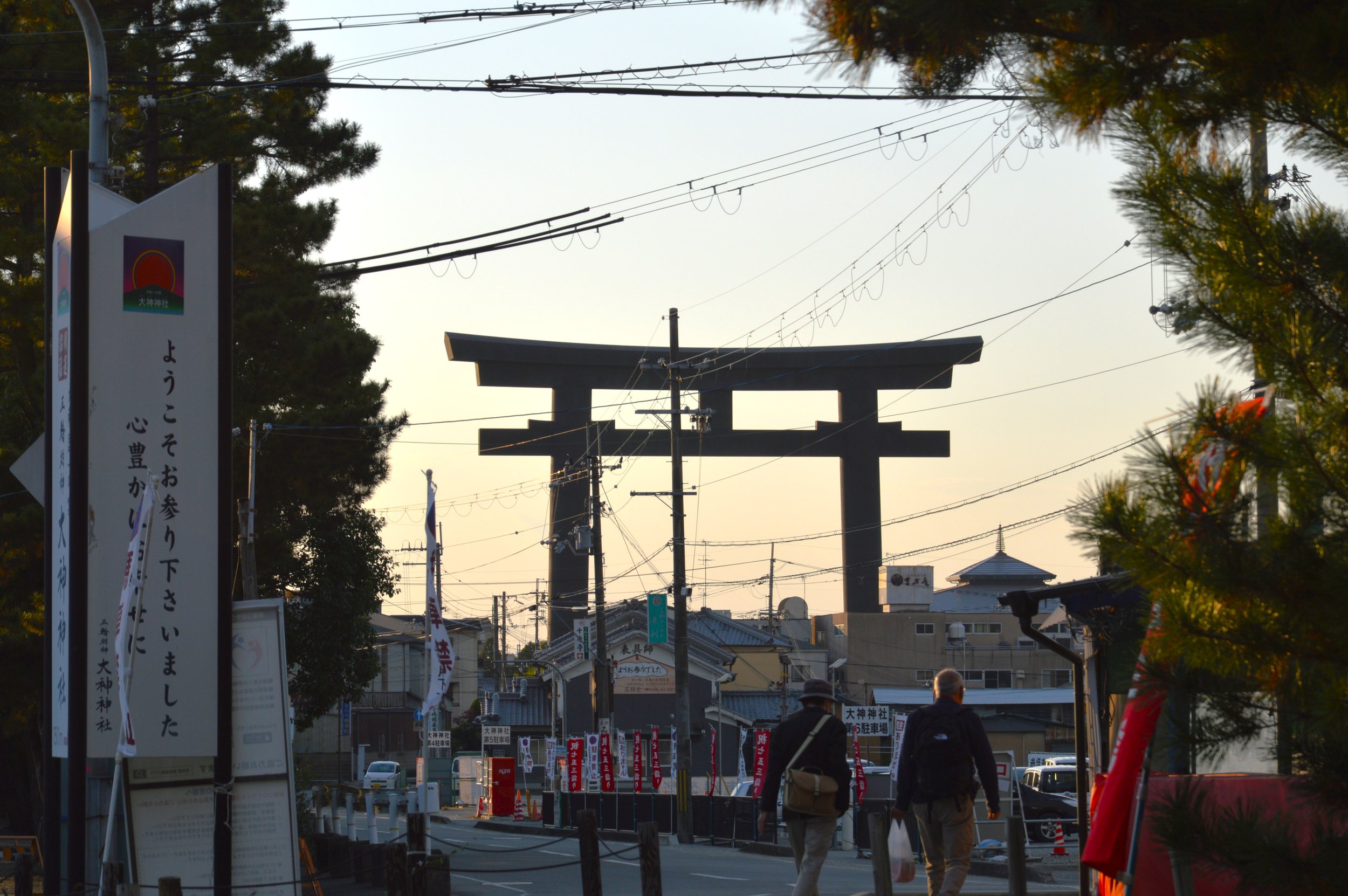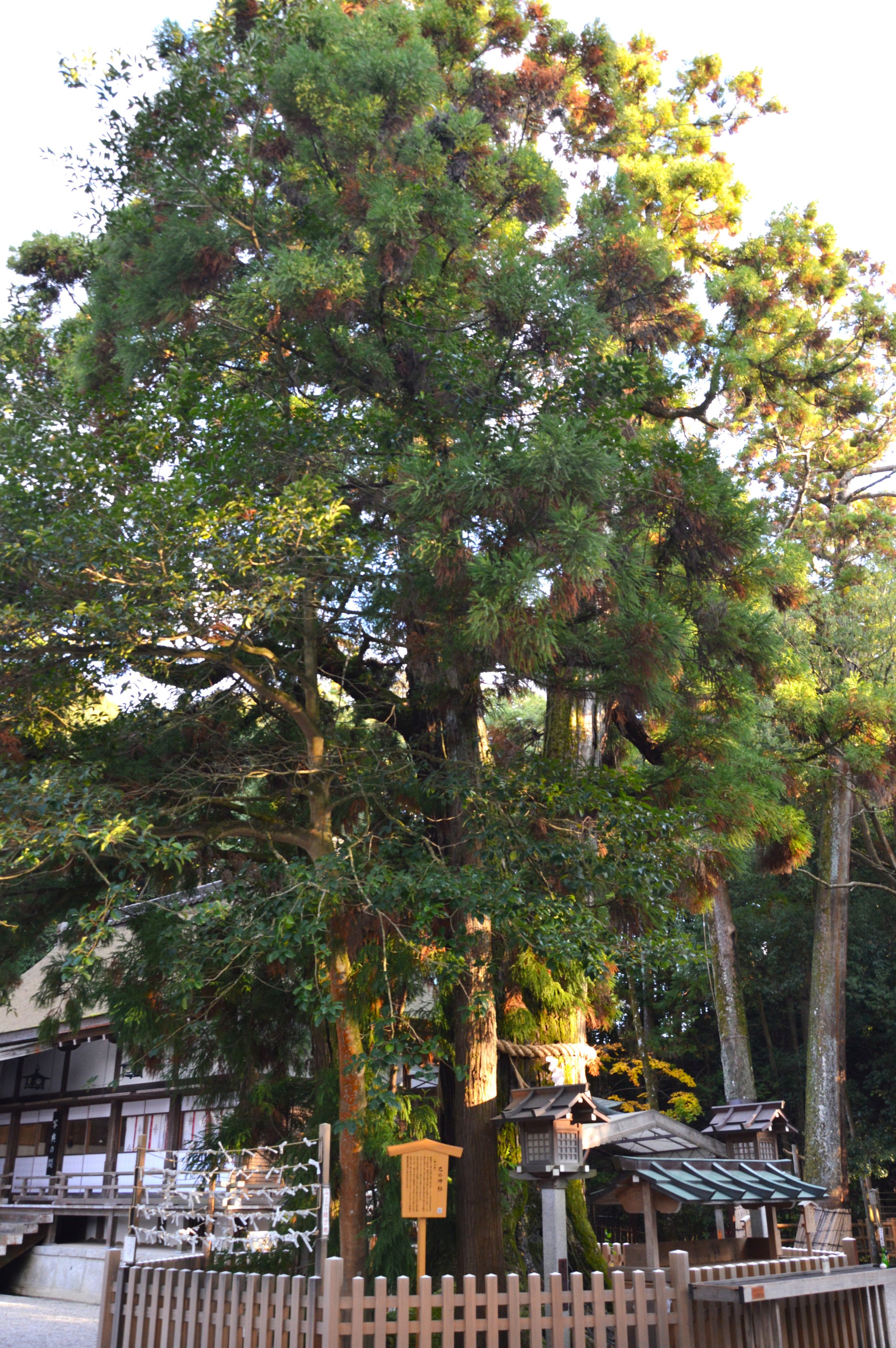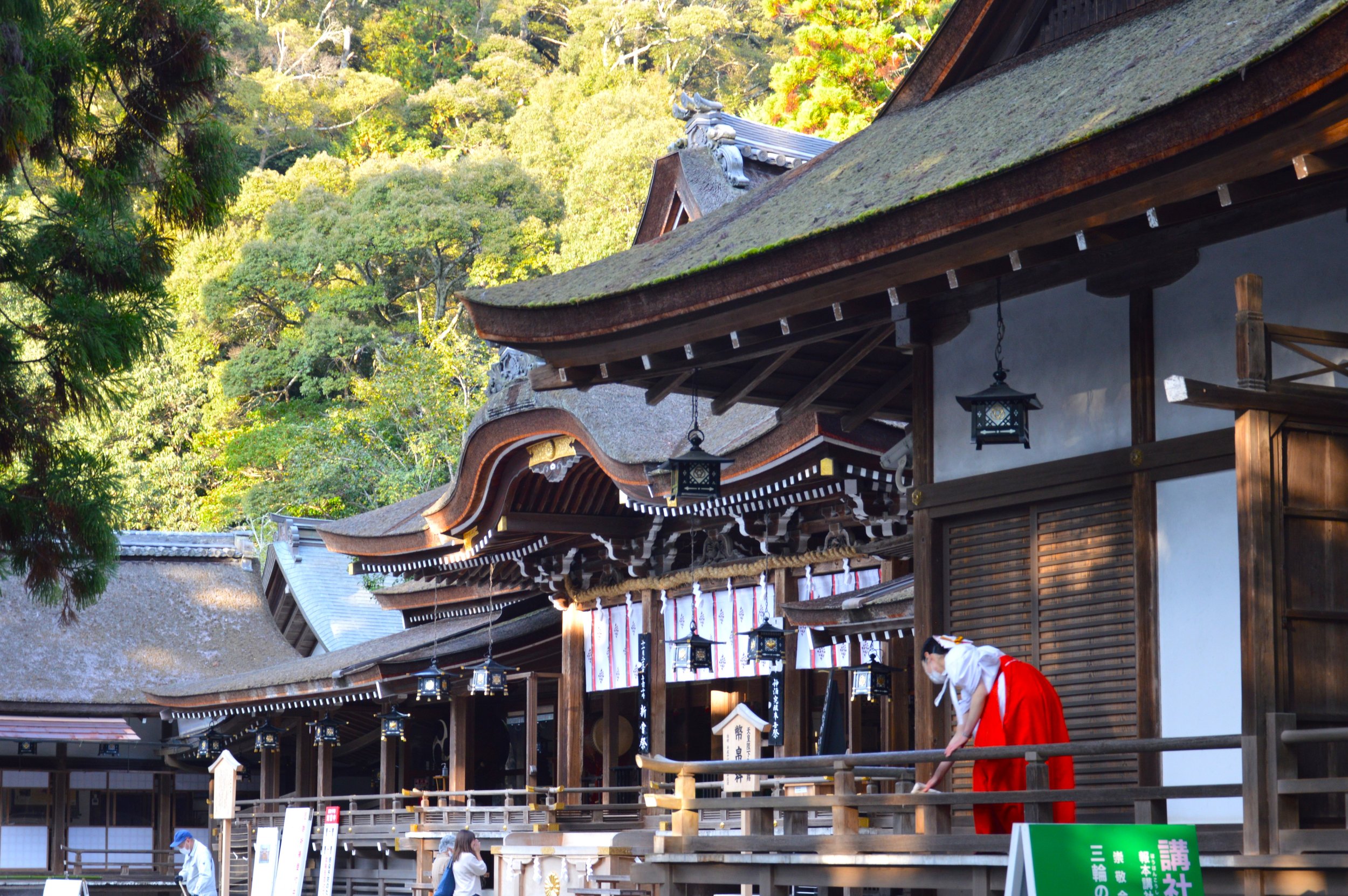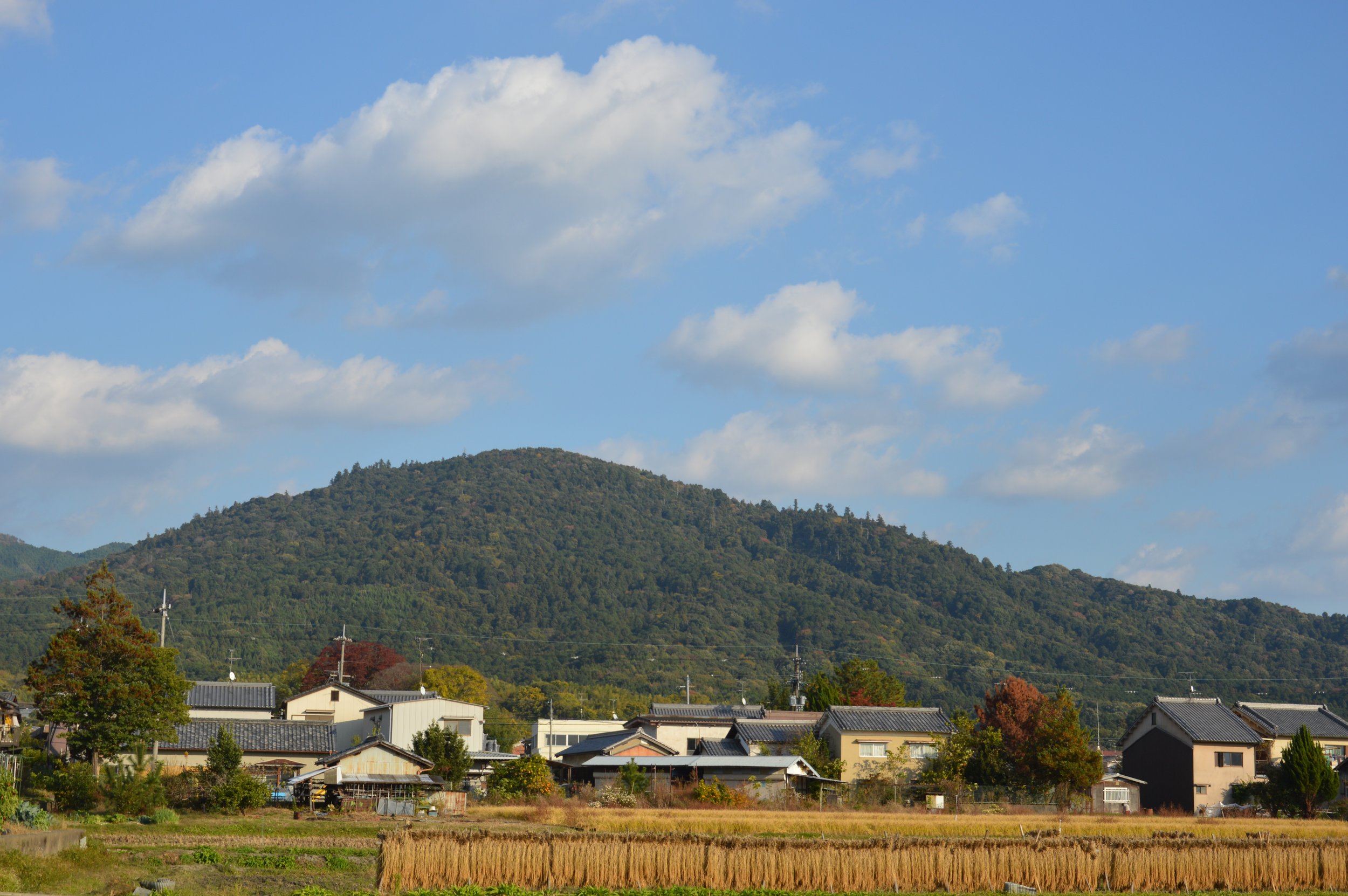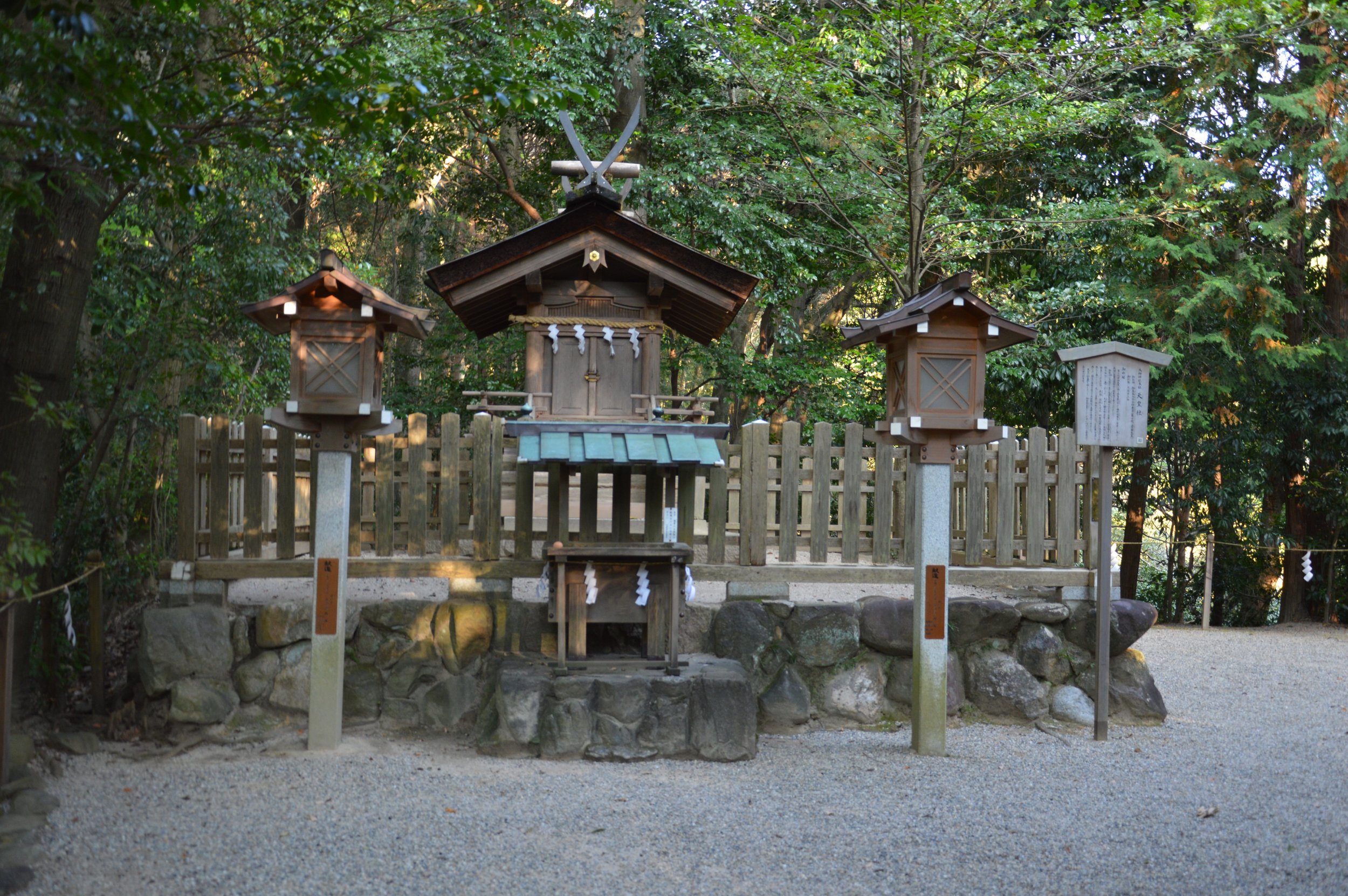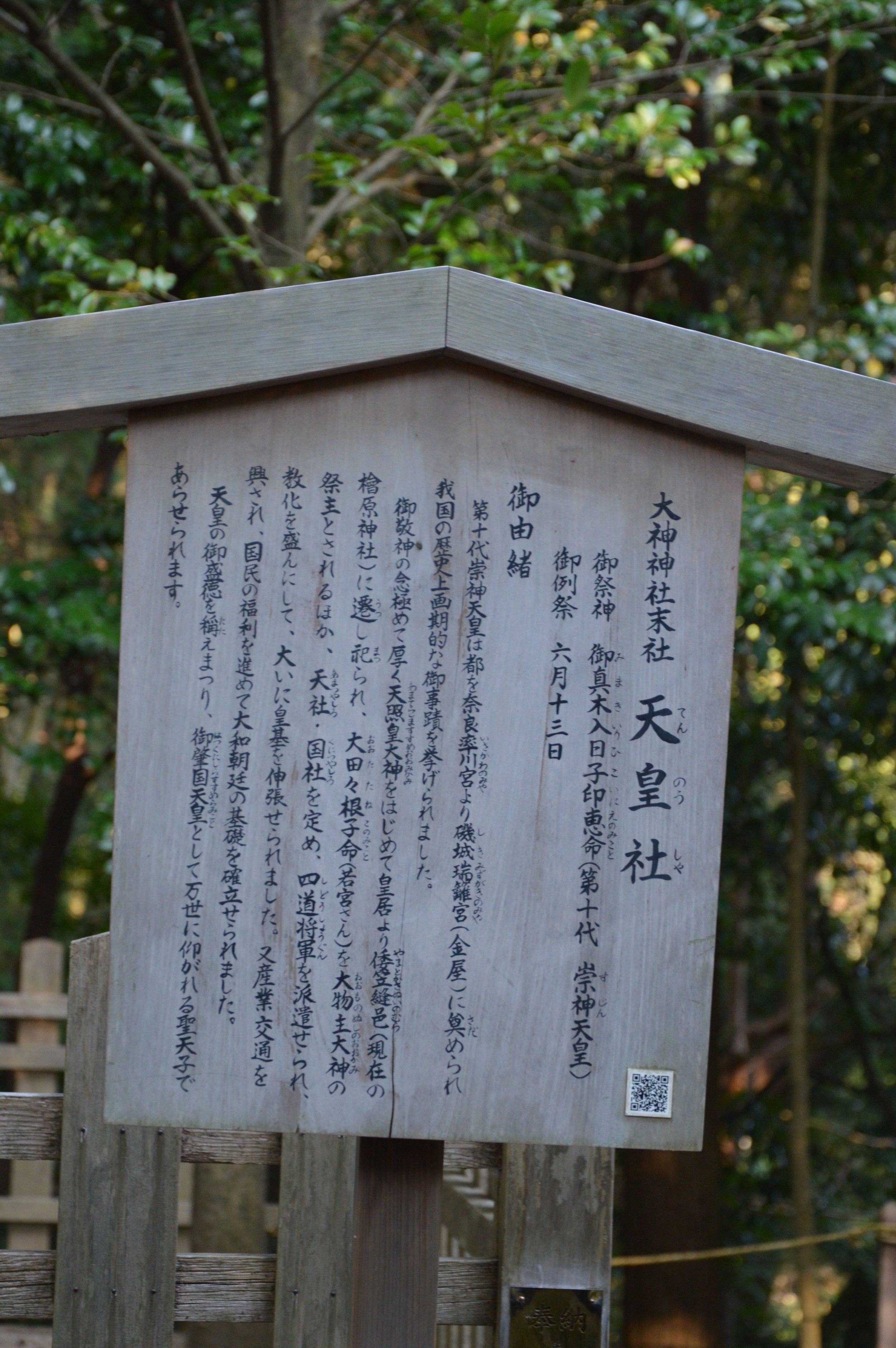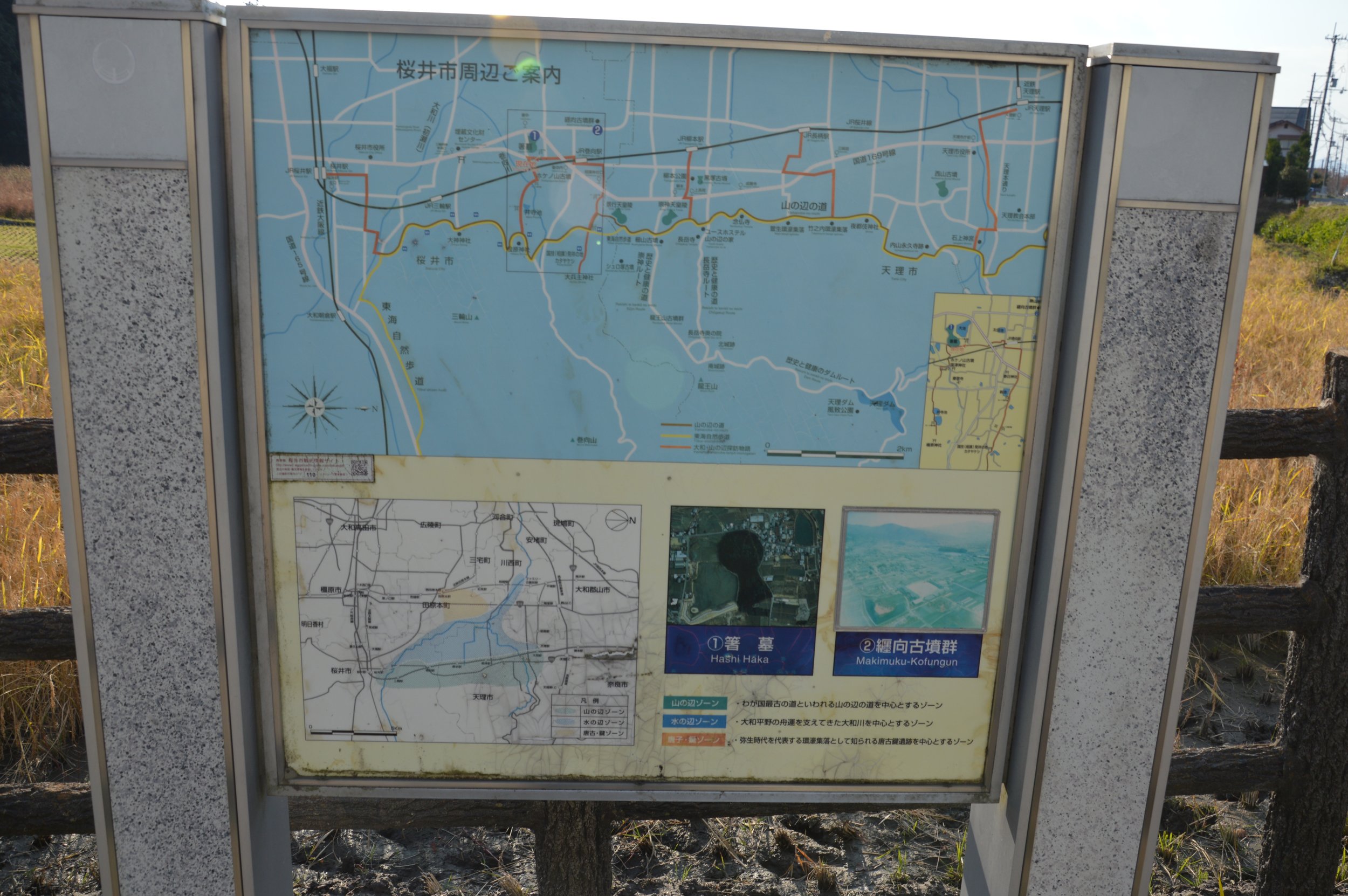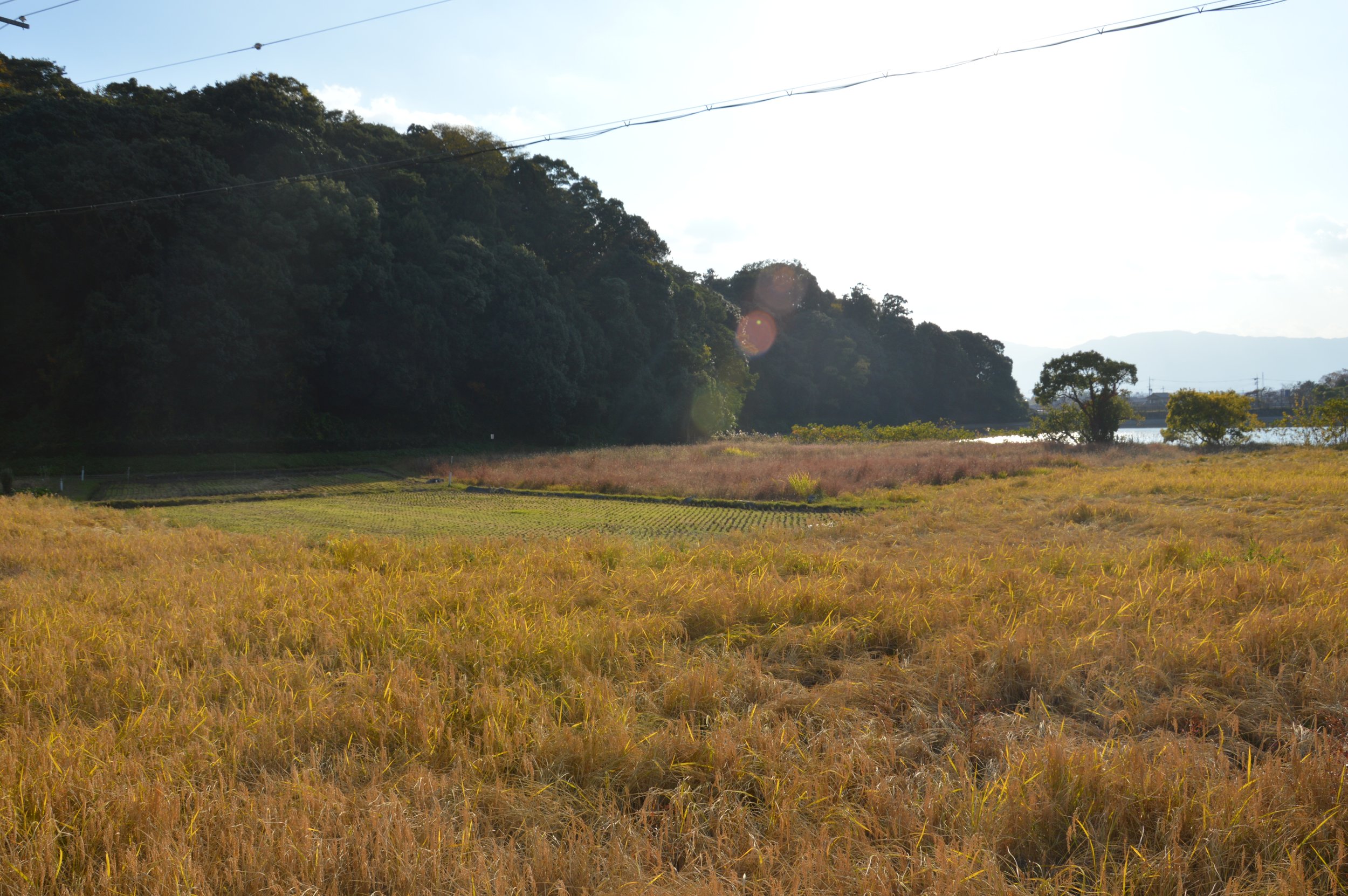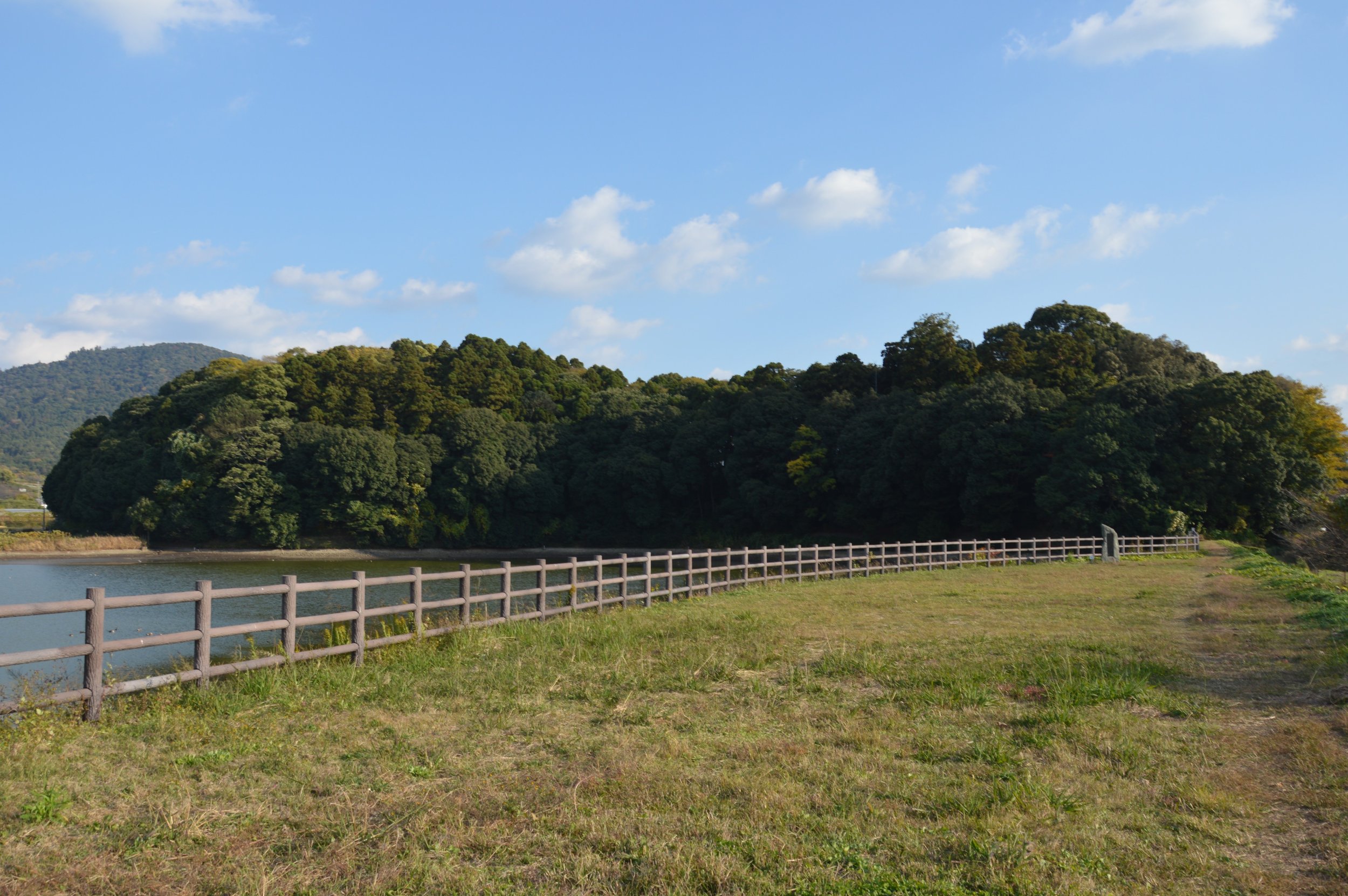Previous Episodes
- December 2025
- November 2025
- October 2025
- September 2025
- August 2025
- July 2025
- June 2025
- May 2025
- April 2025
- March 2025
- February 2025
- January 2025
- December 2024
- November 2024
- October 2024
- September 2024
- August 2024
- July 2024
- June 2024
- May 2024
- April 2024
- March 2024
- February 2024
- January 2024
- December 2023
- November 2023
- October 2023
- September 2023
- August 2023
- July 2023
- June 2023
- May 2023
- April 2023
- March 2023
- February 2023
- January 2023
- December 2022
- November 2022
- October 2022
- September 2022
- August 2022
- July 2022
- June 2022
- May 2022
- April 2022
- March 2022
- February 2022
- January 2022
- December 2021
- November 2021
- October 2021
- September 2021
- August 2021
- July 2021
- June 2021
- May 2021
- April 2021
- March 2021
- February 2021
- January 2021
- December 2020
- November 2020
- October 2020
- September 2020
- August 2020
- July 2020
- June 2020
- May 2020
- April 2020
- March 2020
- February 2020
- January 2020
- December 2019
- November 2019
- October 2019
- September 2019
This episode we look at the continued spread of Buddhism in the archipelago.
Who’s Who
Nunakura Futodamashiki no Mikoto, aka Bidatsu Tennō
The current sovereign, son of Ame Kunioshi—we are told he was not a Buddhist, but he did enjoy continental literature.
Ōwake no Miko
An enigmatic figure—possibly one of the later sovereigns, but it isn’t clear. The name (大別王) doesn’t provide a lot of clues to go on, and yet he appears to be one of the early importers of Buddhism, bringing books and specialists. Some later sources claim that he brought over 2,000 books back from Baekje.
Soga no Umako no Sukune no Ōmi
The son of Soga no Iname, who took his father’s place at the head of the Soga clan and as the Ōmi in the court. He would push for Buddhism when nobody else would, and he was not as easily deterred as his father had been.
Mononobe no Yuge no Moriya no Ōmuraji
Son of Mononobe no Okoshi, the previous Ōmuraji of the Mononobe, the Nihon Shoki claims he was made Ōmuraji during this reign, though other sources claim it was his brother. It is likely that either way he was one of the main foils for Soga no Umako and his attempts to bring in Buddhism, and thus gets top billing in the Chronicles.
Hirohime
Nunakura’s first queen, with a royal lineage through the Okinaga family. At this time, we can see a kind of political competition between the Okinaga and Soga lineages in the royal family.
Toyomike Kashikiya Hime
A granddaughter of Soga no Iname, she would be Nunakura’s queen at the end of his reign. Her ties to the Soga family would be important as she provided some cover from the court, and later she would really take the reins for herself to help drive things forward. For now, though, it is simply an indication that the politics were leaning in favor of the Soga family.
Kurabe no Sukushi no Shiba Tattō
An immigrant from the mainland, possibly of ethnic Han extraction, though it isn’t explicitly stated. He is enlisted by Umako to help find people who can instruct others about Buddhism.
Shima, aka Shimane, aka Zenshin-ni
The nun Zenshin-ni was originally named “Shima” or “Shimane” and was the daughter of Tattō. A later note in the Nihon Shoki suggests that she was only twelve years old when she took Buddhist orders. She was later beaten and flogged for it, when she was only thirteen or fourteen years old.
Toyome, aka Zenzō-ni, and Ishime, aka Ezen-ni
Two other women who were also inducted as nuns along with Zenshin-ni. It is implied that they were subordinate, and possibly subservient, to Zenshin-ni.
Eben
The Japanese on’yomi reading of the name of a former monk from Goguryeo, living in Harima. We are not told why he was no longer a monk, but it isn’t uncommon, even today, for people in some Buddhist traditions to become a monk for only a short time, often to help make merit, but then going back to the life of a layperson. On the Korean peninsula, it seems that it was often the case that people did not always have a say in whether they would become a monk or not, as the State often had people inducted on the behalf of kings and princes, so that the latter could focus on governing rather than on merit making.
Nakatomi no Iware no Muraji
The Nakatomi family were court ritualists, and would eventually become quite powerful in their own right. It is unclear how big a role they actually played at this point. There is also mention of a Nakatomi no Muraji no Katsumi no Daibu, but it is unclear of the relationship other than they were in the same famliy. Previously it was Nakatomi no Muraji no Kamako who had sided with Mononobe no Okoshi, so clearly the families were closely aligned.
Ōmiwa no Sakahe no Kimi
The Ōmiwa family would have been from the area of Mt. Miwa, one of the oldest sacred sites in Japan, and from which the early sovereigns seem to have derived their spiritual efficacy. In fact, early on it is the rituals associated with the kami of Mt. Miwa that appear to accompany the spread of royal authority throughout the islands. As such, we can assume this was another individual invested in the way the kami were currently worhsipped.
-
Welcome to Sengoku Daimyo’s Chronicles of Japan. My name is Joshua, and this is Episode 88: Let’s Give This Buddhism Thing Another Try.
This episode we are going to return to the story of Buddhism in the archipelago—specifically what was going on into the next reign. And what a fortuitous episode to do it on as well. For those who aren’t aware, “8” is an auspicious number in Buddhism, so I figure for episode 88, this makes for a decent topic.
Now back in Episode 86, we saw the death of Ame Kunioshi, aka Kimmei Tennou, in 576 CE, just as a delegation of envoys arrived from Goguryeo. As we noted at the time, Nunakura Futodamashiki no Mikoto, aka Bidatsu Tennou, succeeded him to the throne. You may recall that Nunakura was the second son of Ame Kunioshi and his Queen, Ishihime. His older brother, Yata no Tamakatsu no Ohoye appears to have been the Crown Prince, but then he passed away, and so Nunakura was raised up in his stead.
In many ways, Nunakura represents the Old Guard at this time. The Chronicles make it clear that he is a classical heir, descended through multiple royal lineages. His father, Ame Kunioshi, was of course the latest in the lineage descending from Wohodo no Ohokimi, aka Keitai Tennou, while his mother, Ishihime, was the daughter of Takewo Hiro Kunioshi Tate, aka Senka Tennou, Ame Kunioshi’s brother by another mother—quite literally. In fact, one wonders if the reason for Magari no Ohine and Takewo, aka Ankan and Senka Tennou, even being mentioned as sovereigns in the Chronicles may have been because of the way that they therefore legitimized Nunakura’s own reign, as some scholars have suggested that they really may not have ruled at all, and that really it was all Ame Kunioshi during that entire period that their reigns covered. After all, most of the sovereigns up to this point have been descended through multiple royal lineages, and even Magari no Ohine and Takewo’s reigns were depicted as though they were simply regents, holding the seat for their younger and more legitimate brother.
Nunakura held fast to the old traditions in another way, too: We are pointedly told in the Nihon Shoki that, though he was of good character, he was not a Buddhist. This is perhaps a curious statement to make—after all, none of the previous sovereigns have really been Buddhist, either—but then this is the first sovereign to take the throne since the archipelago had been exposed to Buddhist teachings, at least according to the narrative.
From our perspective today, that doesn’t seem all that strange. Buddhism had just come to the archipelago and, honestly, it hadn’t made that much of a splash from what we can tell. Back in Episode 85, Soga no Iname had set up a temple and started worshipping an image that had come from the continent, but that initial attempt was sabotaged by others, including Mononobe no Okoshi. The old families were, of course, rather invested in the system of rituals around their local kami and the socio-political power they derived from being in charge of those same rituals.
Soga no Iname had passed away towards the end of the previous reign, and his son, Umako, took up the mantle as head of the Soga family, and his father’s position as Oho-omi. Meanwhile, Mononobe no Okoshi had also passed away, and it seems that at the head of the Mononobe family as a man by the name of Yuge no Moriya, who was confirmed in his position as Ohomuraji by the new sovereign—or at least that is what the Nihon Shoki tells us, and it may be because of his prominence in the story to come. The Sendai Kuji Hongi claims that it was Moriya’s brother, Ohoichi no Mikari, who was made Ohomuraji, but there is little else. Regardless of whether it was Moriya or Mikari, the power dynamics between the Soga and Mononobe families were still in a similar to the previous reign, just in new hands.
Now, for all that the Chronicles stress how much Nunakura was not a Buddhist, neither was he particularly nativist. He enjoyed the Classics that were being imported from the mainland, and presumably was able to read in the continental fashion. He was also interested in ensuring good relations with the Korean peninsula—with both Yamato’s traditional ally of Baekje, but also with the growing kingdom of Silla. Still, Buddhism was off the table for him.
For the most part his reign started similar to any other. After coming to the throne, in 572, he confirmed his wife as Queen, with his mother being hailed as the Queen Mother. He also set up his own palace site at Ohowi in Kudara, in the land of Kawachi. Interestingly this appears to place him outside of the Nara basin—certainly outside of the lands of the Soga. However, the area that he settled in, Kudara, is interesting because that is the same reading given to the characters for “Baekje”. In fact the kanji, or Sinitic characters, that they use are the same as “Baekje”, and if you didn’t know otherwise you would likely read them as something like “Byakuzai”. However, just as many characters for the Han and Tang dynasties are read as “Kara”, likely referencing the fact that things came to the archipelago through the Kara states, the name for Baekje was rendered as “Kudara”.
And to be honest, I’ve never seen a good reason why the characters came to be read this way, or even whether or not that was the reading when the Chronicles were compiled. Certainly it was the authoritative reading later on, and there are plenty of placenames that use that reading as “Kudara”. Still, I’m not absolutely certain when that reading became common, but that is how these kanji are often pronounced, today, for whatever reason.
Now just because Nunakura wasn’t a Buddhist didn't mean that Buddhism wasn’t still making inroads into the islands. And while the Soga family would stand at the forefront of Buddhist proselytization, our first actor is actually a little different, and largely forgotten, from what I can tell. His name was Ohowake no Miko, or the royal prince Ohowake.
This name doesn't do a lot to help us identify him. He's a royal prince, meaning he had a direct claim to the royal lineage, born to one of the sovereigns or their progeny. “Oho” means “Big”, or “Elder”, and “Wake”, well, that’s a bit more complicated. Based on the way it is used in older names it would appear to be a title or honorific of some kind. Traditional Japanese etymology claims that it comes from the fact that “Wake” comes from “Wakeru”, to break, cut off, or separate. So basically they come from a line that has been “cut off” from the royal lineage, but they still have royal blood. This seems a little suspect to me, personally. I do wonder if it could be related to the term “Waka”, which also shows up a lot in names, but that is a stretch. Instead, I think it may be an old title, or kabane, for a person of not insignificant rank.
Still, it isn’t clear what is meant, and even then, this is a pretty generic name that doesn’t tell us much about who this guy actually was. One theory is that this is another name for someone mentioned elsewhere in the Chronicles, perhaps even one on the later sovereigns. People at the time that the Chronicles were written knew who it referred to, but it is much harder to piece together, today. Another suggestion is that this “Ohowake” was someone who was otherwise written out of the history for some reason—all except for here. Of course, why they were written out one could only fathom a guess. Finally, there is the thought that the name could be misspelled. Back in the time of hand copying, over thousands of copies it would be easy to slip up once or twice in the thousands of characters they had written, already. Later scribes then faithfully copied the mistake, and suddenly a new name is born. Even then, though, I’m not sure we could make a good guess as to who this really was.
What we do know is that in 577, this royal prince known only as “Ohowake” in the Chronicles went to Baekje, presumably as an ambassador for Yamato, and returned with religious books and six individuals, including monks, a nun, an architect, and a Buddhist image maker.
It is significant, that what this royal prince brought back was more than just books this time. Now, there were artisans being imported who could actually make Buddhist statues and temples here in the islands. They would have known how those temples were built, the significance of the layout, how the wooden beams were carved, and even how the distinctive rooftiles were made. And this wasn’t just different craft techniques - there were rules for how a temple was supposed to be constructed, the different buildings, even the relics to be buried underneath a building to help make it sacred. Likewise the images also followed particular rules. Whether it was the image of the Buddha, or of one of the many accompanying deities, it wasn’t enough to be a stone carver or a woodworker—Buddhist imagery was its own thing. All of this was very different from other artforms and architecture in the archipelago at the time.
It is also telling that Ohowake brought back monks and a nun. Specifically they had brought monks who specialized in various practices, including meditation and mantra recitation. You may recall that earlier the people of the archipelago had received images and texts, and it seems that Soga no Iname was trying to piece together what to do based on the texts—likely interpreting all of it through the eyes of the local religious practices of the time. An ordained monk and an ordained nun, however, would have known the proper rituals and how they were to be conducted. But almost more importantly, you needed Buddhist monks and nuns to make other Buddhist monks and nuns —although technically you typically need more than that, you should have a Sangha, a Buddhist community. While traditions vary, it would seem that you need at least four monks to make a Sangha, and some traditions require at least ten —and I presume the same or more for women. Whether or not they could authoritatively conduct all of the rites, the monk and the nun could, one assumes, teach how they were supposed to be done.
These newcomers appear to have been ensconced at a place called Ohowake-ji, or Ohowake temple, in Naniwa. Some suggest that this may be in error and that “Ohowake” was a typo for “Ohogori”, an official residence for envoys traveling to and from Japan. If this latter is true, then much like Soga no Iname had turned his house into a temple, these Buddhist teachers may have been staying at the Ohogoori-ji, and there was a scribal error of “Wake” for “Goori”. This theory also notes that the word “Ji”, or “Tera” in the kun’yomi reading, originally meant an official government building, but gradually shifted to referring to Buddhist temples as Buddhism made its way across the desert, through Yellow River and Yangzi river valleys. By the time it made it to the Korean peninsula and across the strait to the Japanese archipelago, Buddhist temples were all using the suffix “-Ji”. The problem with this theory is that we don’t really see the character “ji” or “tera” used in the government building sense in other instances from this time, and so it seems a bit of a stretch to suggest that is what is going on here. Personally, I envision that they did stand up a temple, though the actual location and design—let alone the artifacts within—have been lost to time.
Ohowake’s import of Buddhist expertise wasn’t it for Buddhism during Nunakura’s reign, however, as things continued to trickle in. In 579, for example, Silla envoys brought a Buddhist image, indicating that they, too, had taken an interest in this foreign religion, and they were using it as part of their diplomacy. This may have been a further reason to pressure Yamato to at least look into the religion and join the larger world of Buddhist countries, but it doesn’t seem to have swayed the sovereign—at least not in any obvious way.
Five years after the gift from Silla, in 584, Soga no Iname’s son and heir, Soga no Umako, decided to give this interesting new religion another go. The atmosphere by this point was a little different: still not entirely hospitable, but there had clearly been more and more interest in Buddhism since its first arrival fifty years before. In addition to the growing acceptance of this foreign religion, however, there were some key political aspects as well that may point to why Soga no Umako decided to act.
You see, Nunakura, at the start of his reign, had been married to a woman named Hirohime, who was the daughter of Okinaga no Mate no Miko. The Okinaga family doesn’t get quite as much press as others, but seems to have been relatively powerful; and let’s not forget that there was a sovereign, Okinaga Tarashi Hime, aka Jinguu Tennou. They had not only supplied Hirohime as a daughter to the current sovereign, but their name is found in the lists of people who had produced wives of the sovereign going back for several generations. Hirohime was the queen, and no doubt one of her progeny was expected to eventually come to the throne and rule as sovereign. However, in 576, just five years into Nunakura’s reign, Hirohime passed away. This tragic event nonetheless left a bit of a political void in the form of the Queen, whose offspring would no doubt possess some serious political chops, whether or not they actually ruled.
Fortunately for the Soga, they had an answer: Toyomike Kashikiya Hime, the daughter of Amekunioshi and Kitashi Hime, which made her half-sister to Nunakura, but more than that, it made her the niece of none other than Soga no Umako, since her mother was also a child of Soga no Iname. And without spoiling too much, put a pin in her name—we will definitely be coming back to her in later episodes. It is unclear whether Kashikiya Hime was already one of Nunakura’s consorts or if she was instead promoted directly to queen, based on the way the Chronicle talks about it, but Queen she did become. We are told that she was taken up at the “urging of the court”, and probably by certain prominent figures therein, and so the Soga’s plan to marry their daughters into the royal lineage and thus use blood ties to more closely bind themselves to the central authority appears to have been working.
This also meant that as Umako tried once again to get Buddhism off the ground, he now had a supposedly friendly figure in the royal bedchamber, who could help whisper in the sovereign’s ear. So he had, presumably, a little more clout than his father had when he had tried to set up a temple.
To start things off, Soga no Umako had heard about two Buddha images in the archipelago, and he went about acquiring them. The first was a stone image of Miroku, aka Maitreya, the future Buddha who was said to come in another four to nine thousand years to remind people of the Dharma once again. This had been brought from Baekje by an immigrant known to us as Kafuka no Omi. The other was an image of the Buddha, presumably Gautama, the historical Buddha, in the possession of one Saheki no Muraji.
With these images in his possession, Soga no Umako went looking for someone with previous knowledge of Buddhist practices to assist. To do this he enlisted the help of Kurabe no Sukuri no Shiba Tattou, along with others. Tattou is traditionally thought to have come from the continent, possibly as early as 522 CE, about 63 years earlier. The Fuso Ryakki, compiled in the eleventh century, claims he came from the “Great Tang”, even though that dynasty had yet to have been established, and that he had immigrated to the country of Yamato, where he built a grass hut and installed an image of the Buddha. While this is likely a bit of exaggeration on the part of the ancient chroniclers, to make Tattou seem like the perfect Buddhist resource, it is likely that Tattou did come from the continent or was a descendant in the first or second generation, and that he had some knowledge about the religion. This made him perfect for Soga no Umako, who needed someone who knew what to look for in others who might be able to assist him in once again setting up a temple of his own.
Sure enough, Tattou found someone: a former monk from Goguryeo, named Ebin in Japan, now living in Harima, who had gone back to being a layperson. This is not as unusual as it may seem, as there are many reasons that someone might leave the monkhood, and even later return back to it. Whether or not he was currently an ordained and practicing monk, Ebin would have known the rites and how to proceed.
Here I would note that it seems a bit odd that Umako would have searched high and low throughout the immigrant community if the temple of Ohowake was still there in Naniwa. Why didn’t they just ask someone from that temple to come and get things kickstarted for them? Unfortunately, we don’t know, though it is possible that the temple of Ohowake had already failed for some reason.
And so the former monk, Ebin, was brought on board Umako’s little project, and there are some sources that suggest there was a nun as well, known as Houmei, but I didn’t notice her name in the Nihon Shoki. Ebin—and possibly Houmei—were first told to instruct none other than Tattou’s own daughter, Shima, or possibly Shimane, to become a Buddhist nun. This may have been at least in part because Tattou’s family clearly already had some familiarity with Buddhism, and there may have also been some linguistic advantages depending on the languages they knew and spoke—especially as much of what had come over was probably written in Sinic characters.
Shima was given the Buddhist name of Zenshin, or more appropriately Zenshin-ni. This was another common practice, at least in East Asia, where new initiates would take a Buddhist—or more appropriately a Dharma—name when they were ordained. We’ll see this a lot, and you have no doubt encountered such names elsewhere. They are typically made up of two kanji, or Sinitic characters, and pronounced with the On’yomi reading. The name is often given by a teacher and emphasizes some Buddhist virtue or teaching that is considered particularly apt. In this case “Zenshin” would appear to mean something like “Auspicious Belief”.
Two other women were taken on as students—or possibly as servants, or just junior nuns—along with Zenshin. They were Toyome, daughter of Ayabito no Hoshi, who became Zenzou, which would seem to indicate “Meditative Storehouse”; and Ishime, daughter of Nishigori no Tsubo, who became Ezen, or something like “Blessed Fortune”.
With three nuns, Soga no Umako built a Buddhist Temple onto the east side of his home where he enshrined the stone image of Miroku, or Maitreya, the future Buddha, and he had the three newly minted nuns worship there while Shiba Tattou and Hida no Atahe provided them support and sustenance.
Although they were ordained and worshipping a Buddhist image, it is interesting that Umako chose women to become nuns, rather than monks. There is some thought that, for all of the Buddhist instruction, Umako was still following a popular indigenous model of worship, where the three women were essentially acting in place of female shamans, a tradition that would appear to have been common on the archipelago all the way back to Queen Himiko, and hinted at in various places within the Chronicles, including the very stories of the kami themselves. One also questions just how much the women knew regarding Buddhist practice, despite having a teacher who was formerly a monk. There are some suggestions that the women themselves were rather young, with one note claiming that Zenshin was only twelve years old when she was ordained—hardly an age where one expects her to be leading, let alone teaching, about a foreign religion from another country.
Furthermore, the terms used surrounding the nuns’ “worship” also leads one to wonder. The word used is “sai” or “matsuri”, which is sometimes translated as “maigre faire”, or abstinence, but here likely refers to some kind of meal or feast. This was possibly a Buddhist vegetarian feast, though the idea of a feast as worship seems to dovetail nicely once again into the local practices surrounding kami worship as well.
From this first meal, Tattou supposedly found a “relic”, by which would seem to be meant a relic of the Buddha. Now what a relic of the Buddha was doing in the Japanese islands, so far away from the Indian subcontinent, might seem to be a pertinent question, but that is where you would be wrong. You see, according to some traditions, the body of the Buddha had transformed through miraculous processes into hard crystal or glass stones, which themselves had made their way across the world. This was fortunate for Buddhists, who therefore didn’t need to send away for fresh relics from India every time they needed to found a new temple, they just had to find appropriate relics where they were.
To test the relics—we aren’t given much more of a description of what they were—Soga no Umako took a giant iron maul and brought that hammer down on the relic Tattou had found. However, rather than the relic shattering, the iron maul broke, instead, along with the block of iron they had put underneath of it. After testing its strength, the relic was placed in water, where it would float or sink depending on what was desired. These supposedly proved that the relic was holy, and so it was used to inaugurate a new pagoda. The pagoda was built on top of the Hill of Ohono, or large field, and we are told that they had the nuns conduct another ritual feast prior to placing the relic in the top of the pagoda, recalling the purpose of the pagoda as the replacement for the stupa, the repository for relics of the Buddha at a temple complex.
In the background of all of this, Yamato was apparently experiencing their own epidemic. We are told that pestilence was in the land, and Soga no Umako himself became ill. Trying to ascertain the cause of his own illness, Umako enlisted a diviner, who told him that the pestilence was a curse sent by the Buddha worshipped by Soga no Umako’s father, Soga no Iname. Once again we see the Buddha being treated more like a kami. After all, why would the one who came to save all sentient beings curse someone? And yet they did seem to believe that this curse was due to the way that the previous temple that Iname had set up had been torn down and the image tossed, unceremoniously, into the Yodo river.
And since the cause of the pestilence had been determined by a diviner, apparently that was enough to get Nunakura on board. Whether or not he personally worshipped the Buddha, he allowed Umako to worship the image so that he could appease his father’s gods and hopefully recover.
Shortly thereafter—less than a week later, if the dates are to be believed—we start to really get a sense of déjà vu, as Mononobe no Yugehi no Moriya, son of Mononobe no Okoshi and the current Ohomuraji of the Mononobe family, remonstrated Nunakura over this whole Buddhism thing. Just as Okoshi had done decades previously, Moriya claimed that the whole reason that there was an epidemic in the first place was because they had once again welcomed Buddhism into the land, and that they needed to put a stop to it. Nunakura was swayed by his arguments, and he took back what he had said and issued an edict that demanded that the worship of Buddhism cease.
Here we see, once again, the destruction of the Buddhist temple, but this time around we are given much greater detail. For one thing, Moirya seems to have taken rather a lot of pride in this. He went to the temple with his men, sat down in a chair, and from there he oversaw the destruction of the pagoda, the temple, and even the stone image. Whatever couldn’t be destroyed was taken to the Naniwa canal and thrown into the waters.
As he did all of this, the Chroniclers record that there was wind and rain, but no clouds, not quite unlike the idea of a fox’s wedding—an interesting phenomenon where you can have the sun, usually in the morning or late afternoon, shining at the same time that rainclouds overhead are opening up the heavens are pouring down.
Moriya simply donned a raincoat, and then he upbraided Soga no Umako and all of his followers, trying to shame them. He then had Sukune call forward the various nuns, who were stripped of their “three garments”, a term for the traditional Buddhist robes, although in East Asia this was eventually replaced with the single kesa over several lower garments, to help fend off the cold. Here it is unclear if just a kesa is meant, or if they were dressed in an attempt at clothing from the Indian continent. The nuns were then imprisoned and flogged at the roadside station of Tsubaki no Ichi, otherwise known as the Tsubaki Market.
Despite thus cleansing the land of Buddhist influence for the second time, the pestilence didn’t stop, and people continued to grow ill and die. In fact, there was an embassy planned to talk about the Nimna situation once again, but both the sovereign, Nunakura, as well as Mononobe no Moriya himself, became ill and were afflicted with sores. Once again, the land was plagued and people were dying.
According to the Chroniclers, who were, of course, writing after the fact in a well-established Buddhist state, the people started to privately complain that clearly Buddhism hadn’t been the problem. In fact, perhaps Soga no Umako’s diviner had been correct all along and the plague was actually because they *hadn’t* accepted Buddhism, rather than a punishment for neglecting the local kami.
A few months later, Soga no Umako sent another message to the sovereign. He was still ill, and hadn’t recovered, even with Moriya “purging” the influences of Buddhism. Umako claimed that the only things that would cure him were the Three Precious Things, which is to say the Sanzou, or the Three Treasures of Buddhism: The Buddha, Dharma, and Sangha. Based on the severity of the disease, Nunakura authorized him to worship privately, and the nuns were allowed to assist him. He rebuilt the temple and he provided for the nuns, himself. Eventually, Umako recovered, but unfortunately, the sovereign did not. Nunakura Futodamashiki, aka Bidatsu Tennou, died in 585, laid low by the plague that had swept through the land.
At the funeral, the politics were on full display. Soga no Umako had no love lost for Mononobe no Moriya, nor vice versa. As Umako was delivering a speech, Moriya made a comment that with his extremely long sword at his side, Umako looked like a fat little sparrow that had been pierced through by a hunting shaft. Meanwhile, Umako noted that Moriya was shaking as he gave his speech—whether from emotion, nerves, or something else we don’t know—and so Umako suggested hanging bells on him, so that they would jingle as he shook. From this rap battle on out, the feud between the Mononobe and the Soga would only grow.
There is another account of all of this, buried amongst everything else, that claims that Mononobe no Moriya, Ohomiwa no Sakahe no Kimi, and Nakatomi no Iware no Muraji all conspired together to destroy the Buddhist religion. They wanted to burn the temple and pagoda that Soga no Umako had built, but Umako opposed the project and would not allow it, or so we are told. Here it is unclear if we are talking about the previous temple or the rebuilt one, but the names here are interesting. Of course we know that the Soga and the Mononobe were going at it, and the inclusion of Nakatomi no Iware simply picks up the previous alliance between the Mononobe and Nakatomi, both of whom had been active during the assault on Soga Iname’s temple. Lastly, though, there is Ohomiwa no Sakahe no Kimi, which is interesting. This figure would appear to be from the Ohomiwa family and region, likely drawing some amount of respect from their connection with Mt. Miwa itself, and the ancient worship that went on there. So, in this version there really is a triple threat of “the old guard” banding together to resist this newfangled foreign faith.
Incidentally, this same figure, Ohomiwa no Sakahe no Kimi, also appears just after the death of Nunakura, when Prince Anahobe figured he could just waltz in and take the throne on the assumption that he was owed it by birth. He was a half-brother to Nunakura, son of Ame Kunioshi and his mother, Wonanegimi, who was another daughter of Soga no Iname. Anahobe was therefore nephew to Umako, and perhaps that is one of the reasons he thought he could just waltz in and take his seat at the head of government. But Prince Anahobe was foiled by none other than Ohomiwa no Sakahe, who posted a guard around the palace and made sure that nobody defiled it until a new sovereign had been identified by the court. Anahobe voiced his complaint that Ohomiwa was protecting the court of a “dead king”, and that they should instead come to the court of a “living king”—presumably he meant his own.
But that will take us past this point, and there are still some other details of Nunakura or Bidatsu’s reign I want to touch on, such as his dealings on the continent, but here we can see how Buddhism and the feud between the Soga and the Mononobe was in full swing, and that will definitely play a large part in future episodes. In addition, we’ll see how this time, Umako wouldn’t take things lying down. He was going to get this Buddhism thing to stick one way or the other, and we’ll see what happens when he finally founds the first permanent temple in Japan; a temple that, while perhaps not as grand as it once was, continues to operate into the modern day.
Until then, thank you for listening and for all of your support. If you like what we are doing, tell your friends and feel free to rate us wherever you listen to podcasts. If you feel the need to do more, and want to help us keep this going, we have information about how you can donate on Patreon or through our KoFi site, ko-fi.com/sengokudaimyo, or find the links over at our main website, SengokuDaimyo.com/Podcast, where we will have some more discussion on topics from this episode.
Also, feel free to Tweet at us at @SengokuPodcast, or reach out to our Sengoku Daimyo Facebook page. You can also email us at the.sengoku.daimyo@gmail.com.
And that’s all for now. Thank you again, and I’ll see you next episode on Sengoku Daimyo’s Chronicles of Japan.
References
Friday, K.F. (Ed.). (2017). Routledge Handbook of Premodern Japanese History (1st ed.). Routledge. https://doi.org/10.4324/9781315170473
Deal, William E. and Ruppert, Brian. (2015). A Cultural History of Japanese Buddhism. Japanese Journal of Religious Studies. ISBN: 978-1-405-16700-0.
McCallum, D. F. (2009). The Four Great Temples: Buddhist Art, Archaeology, and Icons of Seventy-Century Japan. University of Hawai’i Press. http://www.jstor.org/stable/j.ctt6wqtwv
Matsuo, K. (13 Dec. 2007). A History of Japanese Buddhism. Leiden, The Netherlands: Brill. doi: https://doi.org/10.1163/ej.9781905246410.i-280
Bentley, John. (2006). The Authenticity of Sendai Kuji Hongi: a New Examination of Texts, with a Translation and Commentary. ISBN-90-04-152253.
Farris, W. (1998). Sacred Texts and Buried Treasures: Issues in the Historical Archaeology of Ancient Japan. Honolulu: University of Hawaii Press. https://doi.org/10.1515/9780824864224
Aston, W. G. (1972). Nihongi, chronicles of Japan from the earliest times to A.D. 697. London: Allen & Unwin. ISBN0-80480984-4



